35 Wild Animals in Madagascar [Wildlife in Madagascar]
Want to know more about the wildlife in Madagascar?
Discover 35 wild animals in Madagascar in this post, as well as interesting facts about them. 🇲🇬
Learn All About Malagasy Animals
Ready to learn all about Malagasy animals?
I’ve always been fascinated by animals, and by how they can be so different from one country to another. In this guide, we’ll focus on the many animals Madagascar has on the land, in the sky, and underwater.
I’ve split the guide into 4 categories:
- Native animals of Madagascar
- Endangered animals of Madagascar
- What is Madagascar national animal?
- How many animals native to Madagascar?
Let’s dive in right away with our first category!
Native Animals from Madagascar
Madagascar is an African island country located in the southeastern part of the continent, 400 km / 250 mi off the coast of East Africa. It is the world’s second-largest island country after Indonesia (Australia doesn’t count because it is an entire continent), and it used to be a French colony. It is surrounded by the Indian Ocean and is located off the coast of Mozambique, and its capital and largest city is Antananarivo, formerly known as Tana, which counts more than 1,275,000 inhabitants.
An interesting part of the country that I wanted to tackle is its wildlife. In light of that, I have listed the best of it, and I hope you will love learning what animals live in Madagascar.
Here’s the Madagascar animals list.
1. Ring-tailed lemur
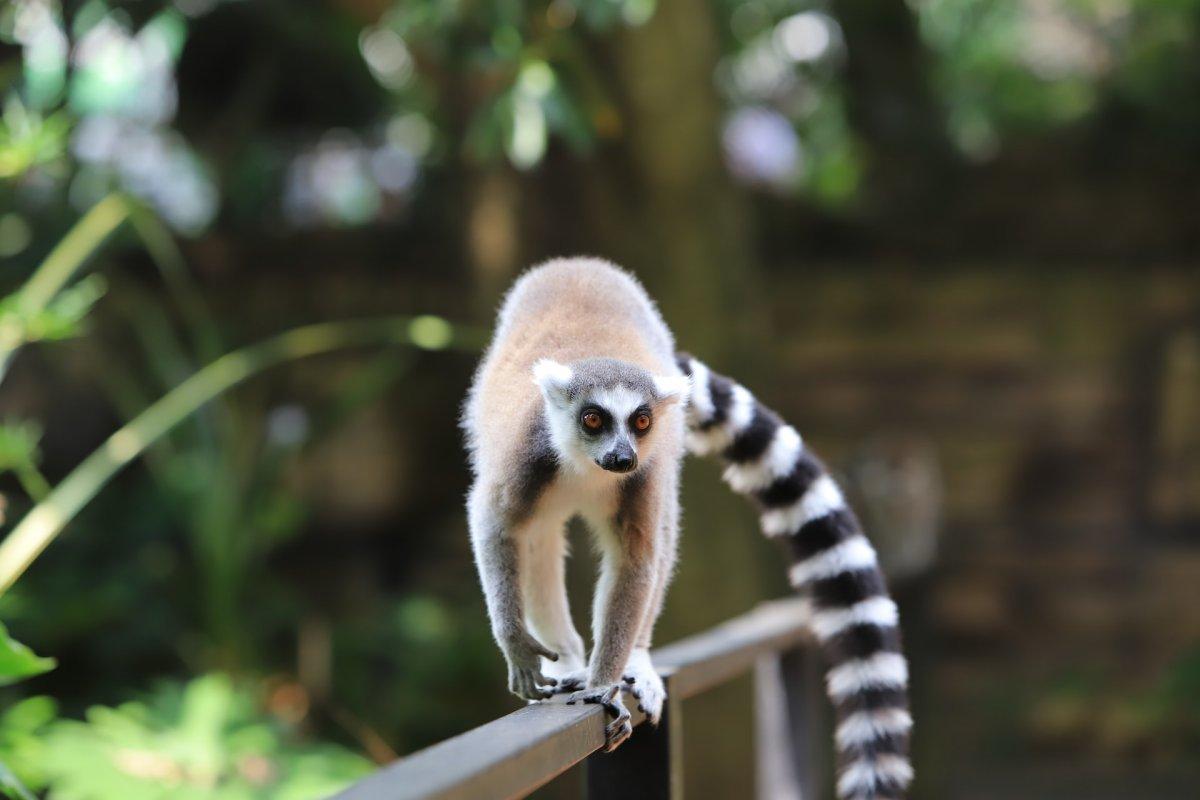
- Name: Ring-tailed lemur
- Scientific name: Lemur catta
- Conservation status:
The ring-tailed lemur is definitely the most iconic and representative animal of Madagascar… which is why it is the national animal of the country. It is a large species of primate endemic to the island; it is omnivorous and is exclusively active by day.
This lemur is highly social and usually lives in groups of up to 30 individuals. Similarly to other lemurs, its groups are female-dominant. It is sadly endangered because of its low numbers (fewer than 2,000 individuals), capture for the illegal pet trade, and habitat loss.
2. Silky sifaka
- Name: Silky sifaka
- Scientific name: Propithecus candidus
- Conservation status:
You will probably realize this fairly quickly throughout this list: there are LOTS of species of lemurs in Madagascar, more than 100 in fact.
The silky sifaka is one of them. It is pretty large and has long silky white fur. It can only be found in a very restricted area in the northeastern part of the island, and is on the brink of extinction, mainly due to habitat disturbance and loss and hunting for bushmeat.
3. Nosy Hara leaf chameleon
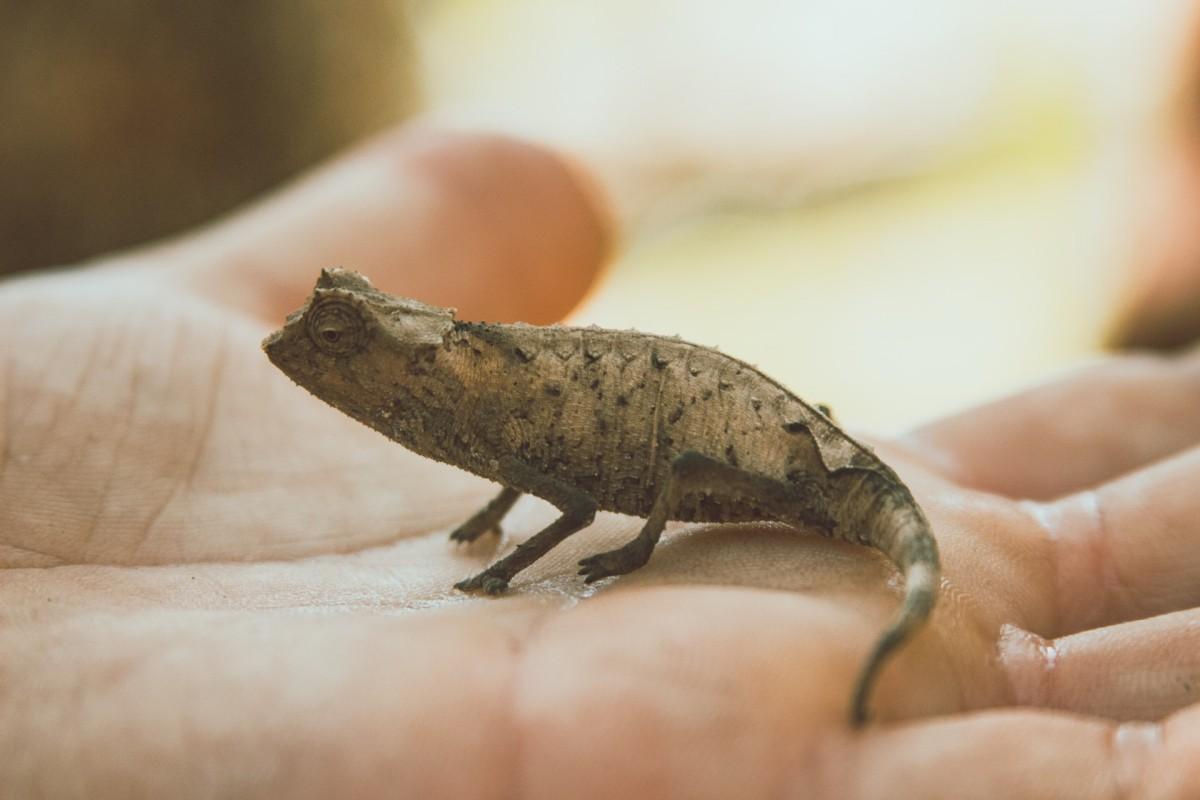
- Name: Nosy Hara leaf chameleon
- Scientific name: Brookesia micra
- Conservation status:
The Nosy Hara leaf chameleon is one of the smallest species of chameleon in the world, and one of the smallest reptiles as well: young individuals can stand on a match head! Until 2021, it was the smallest of all, but the discovery of the nano-chameleon, even smaller but also endemic to Madagascar, changed things.
The size of this chameleon is probably due to insular dwarfism, a phenomenon causing endemic, insular species to be smaller than their mainland counterparts.
4. Fossa
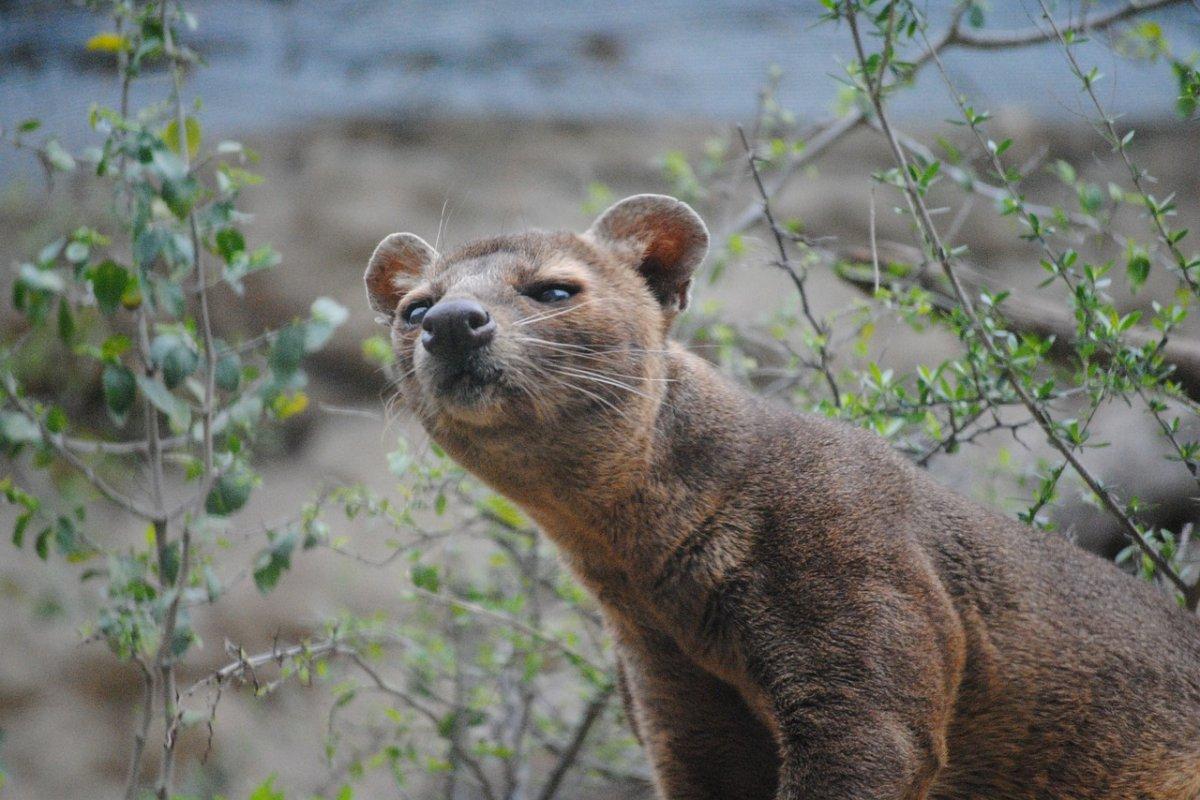
- Name: Fossa
- Scientific name: Cryptoprocta ferox
- Conservation status:
The fossa is a species of carnivorous mammal endemic to the island of Madagascar. It can be found all around the country, usually around the coastline, and it is the largest mammalian carnivore in Madagascar.
This animal looks like a small cougar and is not very common within its range. More than half of its diet consists of lemurs, and it also feeds on lizards, birds, and tenrecs.
5. Tailless tenrec
- Name: Tailless tenrec
- Scientific name: Tenrec ecaudatus
- Conservation status:
The tailless tenrec, also known as the common tenrec, is a species of mammal endemic to Madagascar. It has been introduced to other islands, such as Seychelles, Mauritius, Comoros, and Reunion.
This small mammal inhabits subtropical and tropical dry forests, lowland forests, shrubland, montane forests, and savanna. It is omnivorous and feeds on leaves, frogs, mice, and small invertebrates. Besides, it is the first known tropical mammal to hibernate for up to 9 months without arousal periods!
6. Cuckoo-roller
- Name: Cuckoo-roller
- Scientific name: Leptosomus discolor
- Conservation status:
The cuckoo-roller, also known as the courol, is a medium-sized species of bird native to the forests of Madagascar and the Comoro Islands. It can be found at elevations up to 2,000 m / 6,561 ft above sea level and is not well-known.
This bird is listed as least concern because it is usually not hunted, and is resistant to habitat change, one of the biggest threats to most other native birds.
7. Panther chameleon
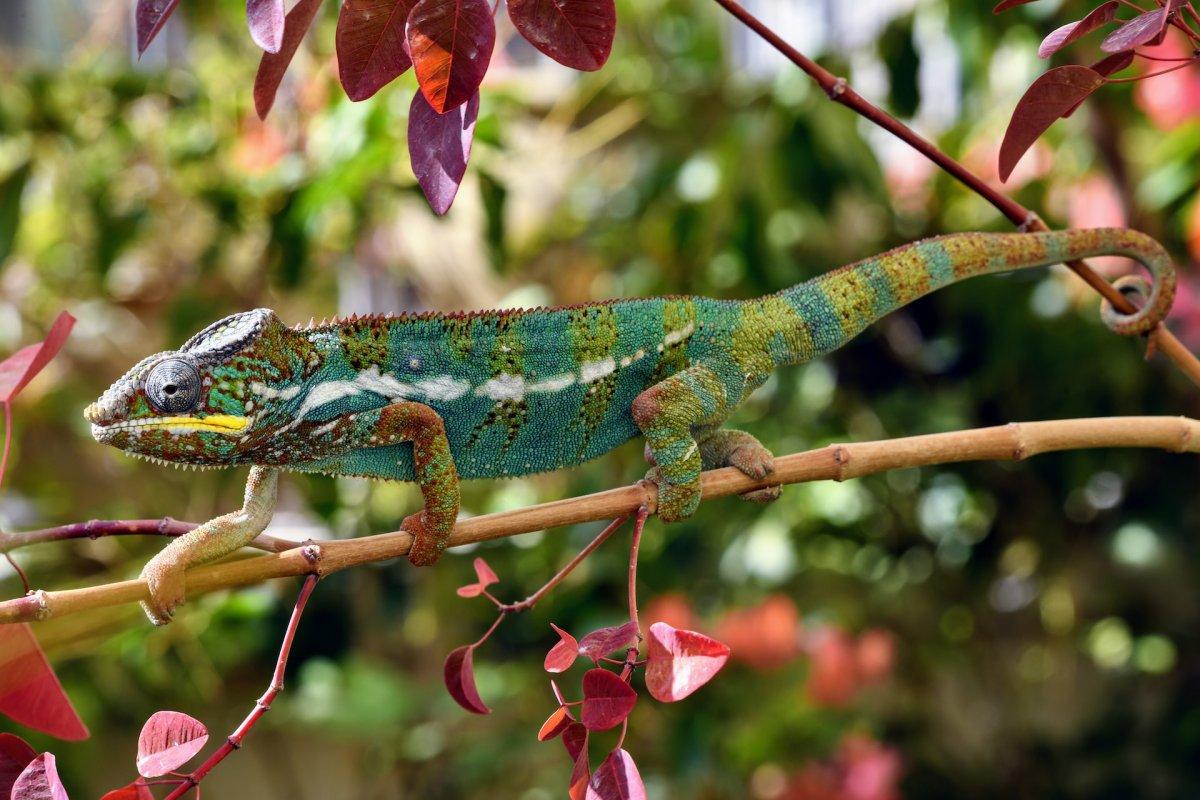
- Name: Panther chameleon
- Scientific name: Furcifer pardalis
- Conservation status:
The panther chameleon is one of the most widely-recognized species of chameleon. It is native to the extreme northeastern parts of Madagascar and has been introduced to Mauritius and Réunion.
This reptile has characteristic eyes that can turn in any direction around its body, independently from one another. Its tongue is extremely long, is covered in thick mucus acting as a suction cup, and is extended incredibly fast: only 0.003 sec!
8. Comet moth
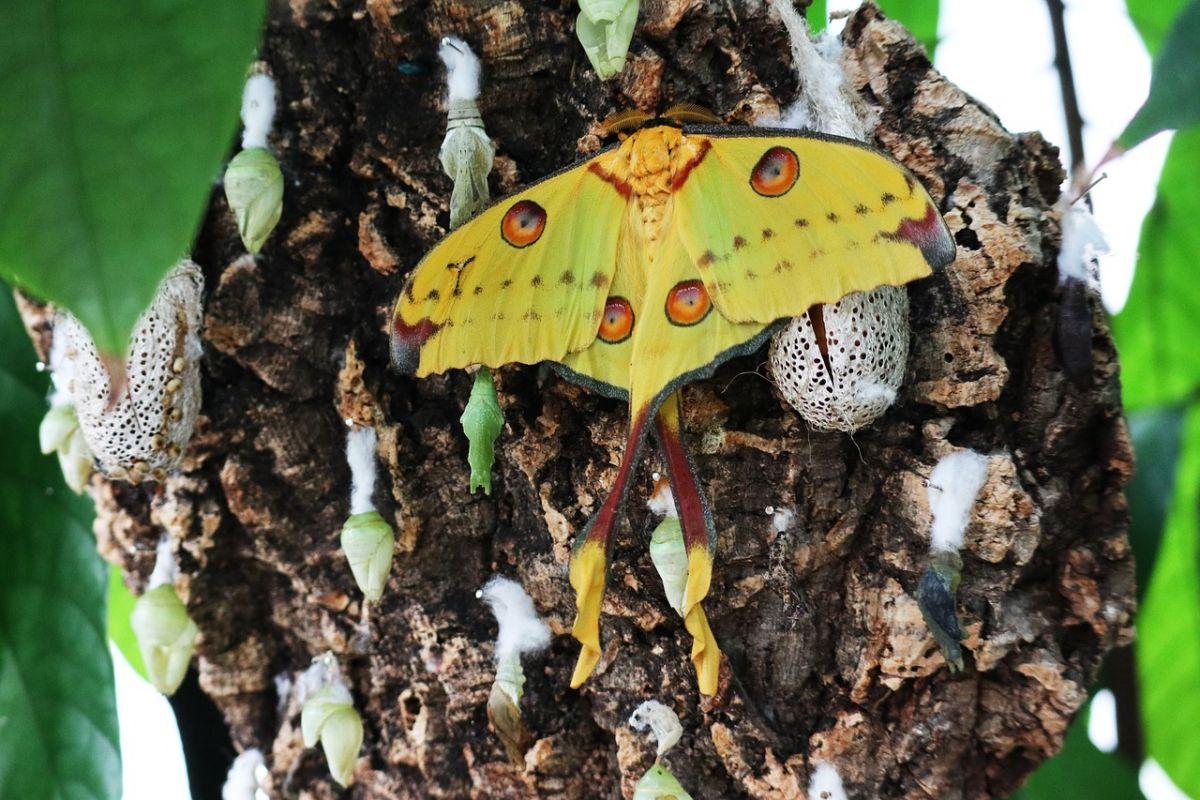
- Name: Comet moth
- Scientific name: Argema mittrei
- Conservation status:
The comet moth, also known as the Madagascan moon moth, is one of the largest moths in the world. It is native to the rainforests of Madagascar and was first described by Félix Édouard Guérin-Méneville in 1847.
Female comet moths are much larger than males, and they lay about 120 to 170 eggs. After hatching, the larvae feed on leaves for two months… and live for 4 to 5 days as a moth.
9. Robust ghost pipefish
- Name: Robust ghost pipefish
- Scientific name: Solenostomus cyanopterus
- Conservation status:
We haven’t talked about it yet, but since Madagascar is a tropical island, it definitely has an incredible marine life to showcase, and the robust ghost pipefish is a great example.
This pipefish, also known as the squaretail ghost-pipefish, the robust-snouted ghost pipefish, or Racek’s ghost pipefish, is a species of fish that inhabits the tropical parts of the Indo-Pacific and the Red Sea. It usually stays around the shore or coastal reefs and does not dive further than 25 m / 82 ft deep.
10. Omura’s whale
- Name: Omura’s whale
- Scientific name: Balaenoptera omurai
- Conservation status:
Omura’s whale, also known as the dwarf fin whale, is a very little-known species of rorqual. Before further investigations, it was thought to be a dwarf or pygmy variant of Bryde’s whale, but it is in fact quite different from it.
This whale is very rare and does not interact much with humans. It was sometimes seen as breaching, some others being hunted by local villagers, and only 2 individuals were victims of ship strikes including the holotype of the species.
11. Malagasy giant rat
- Name: Malagasy giant rat
- Scientific name: Hypogeomys antimena
- Conservation status:
The Malagasy giant rat, also known as the votsovotsa or the votsotsa, is a species of rodent endemic to a very small area of eastern Madagascar. Because of the size of its range, habitat loss, and slow reproductive rate, it has been listed as endangered.
This giant rat is so large that it somewhat looks like a rabbit. It is completely nocturnal and lives in burrows up to 5 m / 16 ft long.
12. Malagasy civet
- Name: Malagasy civet
- Scientific name: Fossa fossana
- Conservation status:
The Malagasy civet, also known as the fanaloka, the jabady, or the striped cat, is a small species of mammal endemic to Madagascar. It inhabits the tropical forests of the country, is nocturnal, and feeds on insects, small vertebrates, aquatic animals, and eggs from birds’ nests.
This mammal breeds from August to September, and its gestation period is 3 months. It is listed as vulnerable to extinction because of a decreasing population, habitat loss, charcoal production, logging, competition with introduced species, and hunting.
13. Bell’s hinge-back tortoise
- Name: Bell’s hinge-back tortoise
- Scientific name: Kinixys belliana
- Conservation status:
Bell’s hinge-back tortoise, also known as Bell’s eastern hinged tortoise, is a species of tortoise native to Central Africa that has been introduced to Madagascar. It was named after English zoologist Thomas Bell and is medium-sized.
This tortoise inhabits tropical and subtropical savannas of sub-Saharan Africa and prefers the drier areas of Madagascar. It feeds on a broad range of plants, but also insects, earthworms, and snails. Its main predators are leopards, eagles, and hawks, but it is mostly threatened by hunting for use as musical instruments and capture for the illegal pet trade.
14. Nile crocodile
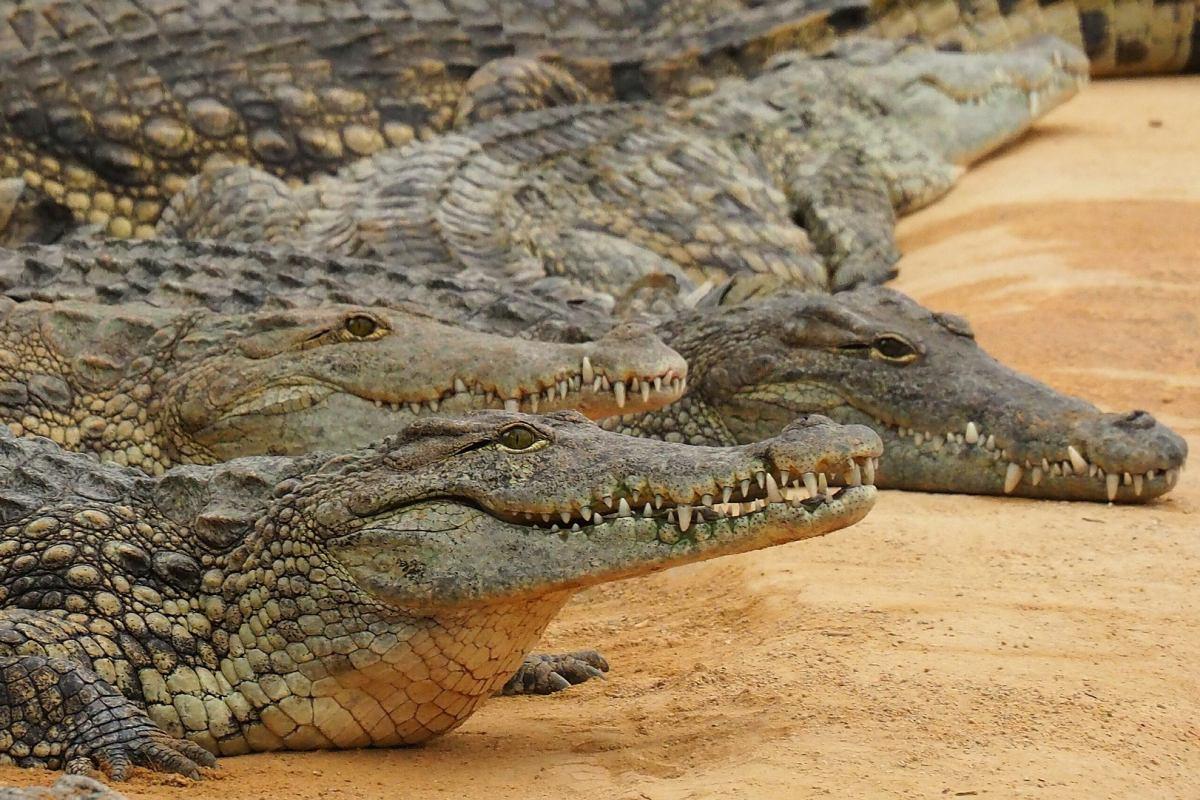
- Name: Nile crocodile
- Scientific name: Crocodylus niloticus
- Conservation status:
Despite its name, the Nile crocodile does not exclusively live on the banks of the Nile River, but can actually be found throughout much of sub-Saharan Africa, and in the western parts of Madagascar, where it has become quite rare due to hunting for its skin.
This reptile is an opportunistic apex predator that can eat almost anything, from mammals and birds to reptiles and fish. It can sometimes wait for hours and is incredibly agile and pretty aggressive.
15. Madagascar tomato frog
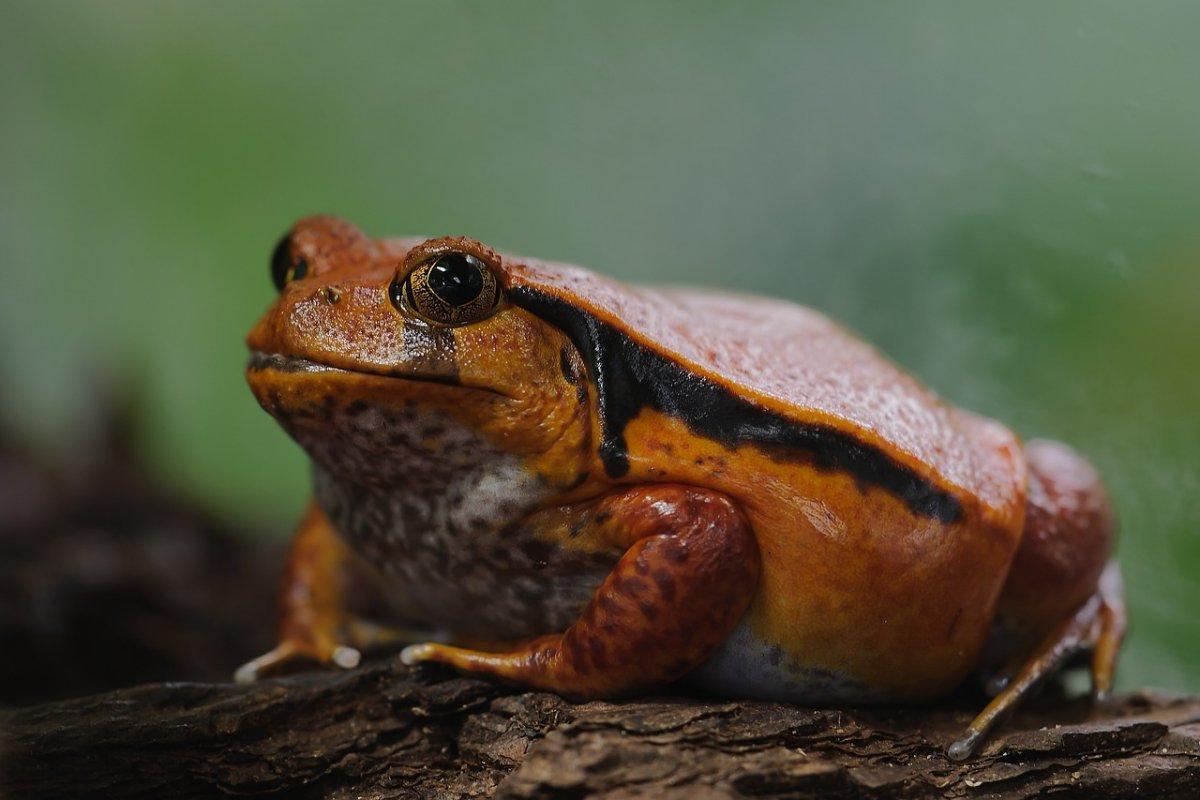
- Name: Madagascar tomato frog
- Scientific name: Dyscophus antongilii
- Conservation status:
The Madagascar tomato frog is a species of frog endemic to Madagascar… that literally looks like a tomato. It can only be found in the northeastern parts of the island, and it breeds in shallow pools, areas with slow-moving water, and swamps.
This frog lays 1,000 to 1,500 eggs on the surface of the water. It is an ambush predator that feeds on small invertebrates such as flies, mosquitoes, and beetles. When threatened, it becomes even bigger than it already is by inflating itself to look scarier.
16. Darwin’s bark spider
- Name: Darwin’s bark spider
- Scientific name: Caerostris darwini
- Conservation status:
Madagascar is home to several many species of spiders, and Darwin’s bark spider is one of the most notorious of them. It is famous for its web, which is the strongest and largest spider web in the world, ranging from 900 to 28,000 cm² / 0.97 to 30.1 sq ft!
This spider was only discovered in 2009, and not much is known about it. Its silk is the toughest biological material on the planet, and it was named after Charles Darwin because of the fact that its description was prepared exactly 150 years after the publication of his masterpiece, “On the Origin of Species”.
17. Aye-aye
- Name: Aye-aye
- Scientific name: Daubentonia madagascariensis
- Conservation status:
The aye-aye is a peculiar-looking species of primate endemic to Madagascar. It has rodent-like teeth and a very long, thin middle finger: not very polite, huh?
Despite its somewhat small size, it is the world’s largest nocturnal primate. It has a unique way of finding food, by tapping on trees to find grubs and gnawing holes in the wood to grab these grubs with its middle finger. This animal is endangered, and locally considered a bad omen: it is killed on sight and hung up so that the evil spirit is carried away by travelers.
18. Madagascan flying fox
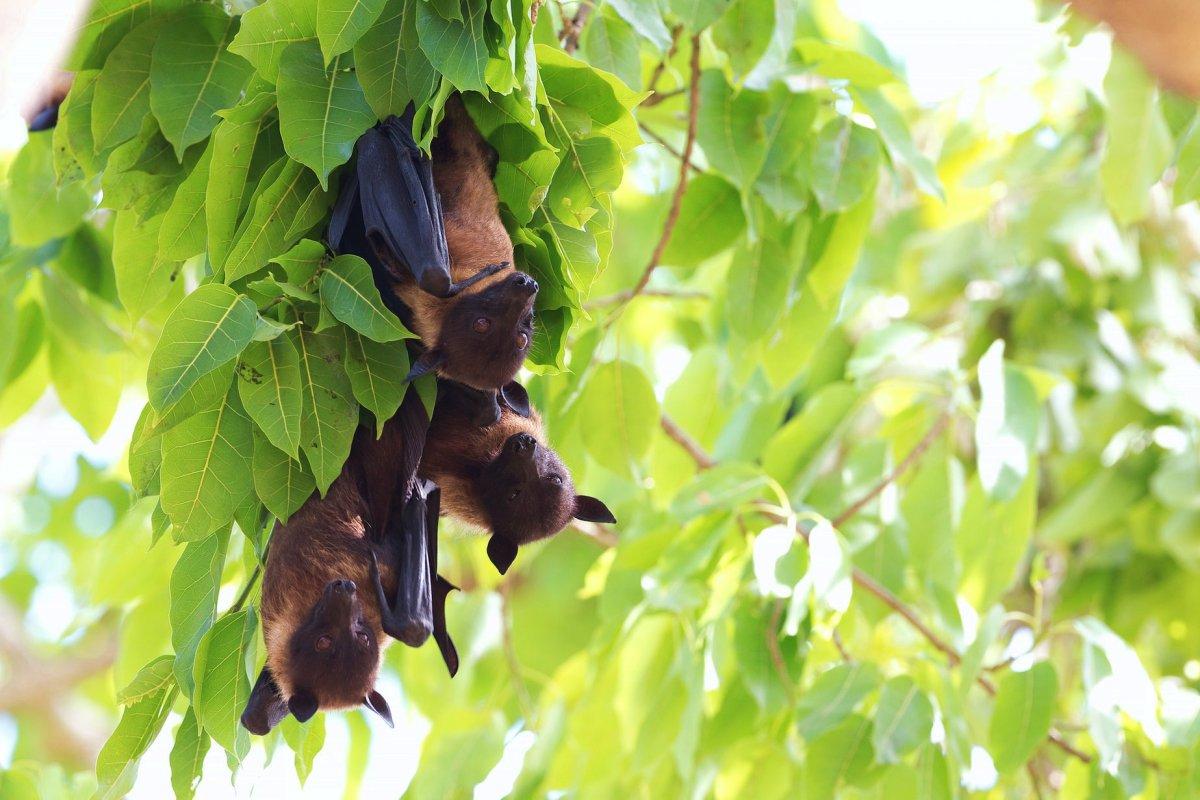
- Name: Madagascan flying fox
- Scientific name: Pteropus rufus
- Conservation status:
The Madagascan flying fox, also known as the Madagascar fruit bat, is a large species of megabat endemic to the island of Madagascar. It inhabits the subtropical and tropical lowland forests of the country and can be found all around the island, except for the central highland region.
This bat is listed as vulnerable to extinction because of habitat loss, agricultural and urban expansion, and hunting for bushmeat.
19. Subantarctic fur seal
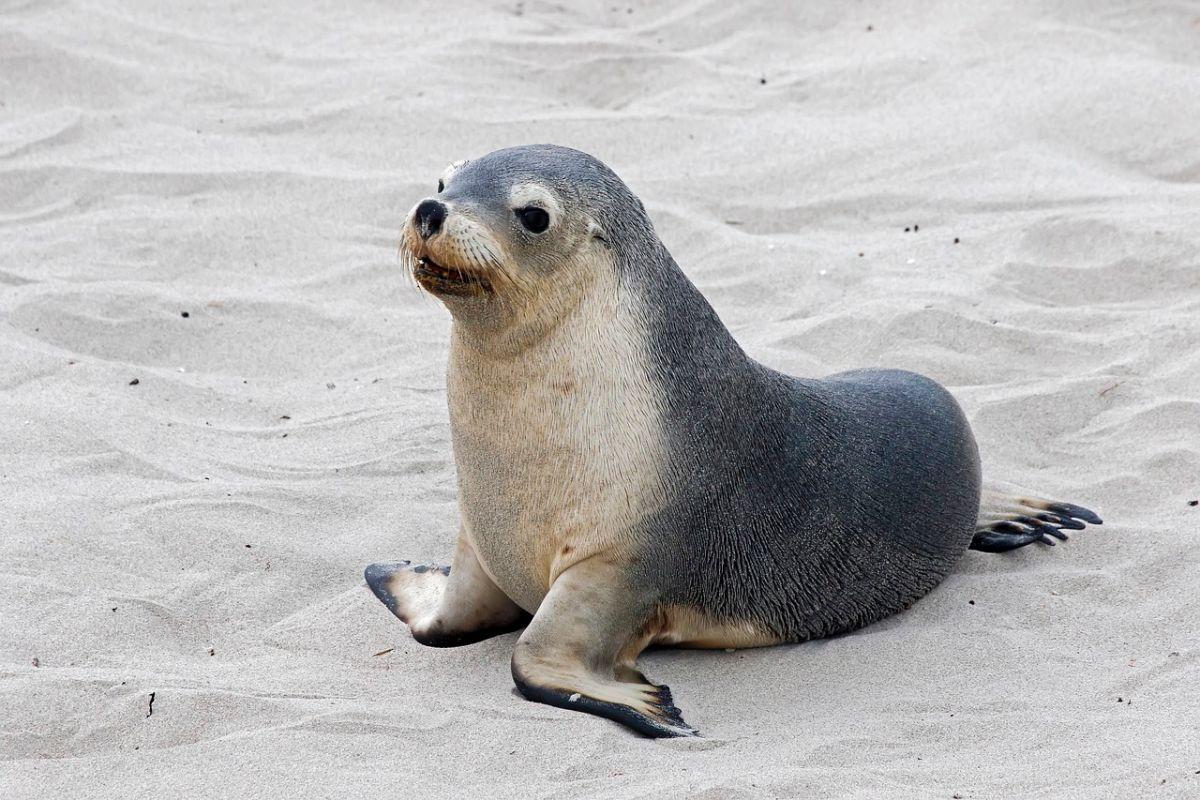
- Name: Subantarctic fur seal
- Scientific name: Arctocephalus tropicalis
- Conservation status:
The subantarctic fur seal is a medium-sized species of seal native to the southern parts of the Atlantic, Indian, and Pacific Oceans. It hunts for fish and squid, in shallow waters, at night.
This seal is strongly sexually dimorphic: while males are dark gray to black, females are much lighter in color and in weight. There are about 300,000 individuals in the wild, and they were hunted throughout the 19th century for their pelts.
20. Indian Ocean humpback dolphin
- Name: Indian Ocean humpback dolphin
- Scientific name: Sousa plumbea
- Conservation status:
The Indian Ocean humpback dolphin is a species of dolphin that inhabits coastal areas from southern Africa to western Indochina. It usually remains in waters shallower than 20 m / 65 ft, and is highly social, living in groups of about 12 individuals. One of the world’s largest populations is located in the United Arab Emirates.
This dolphin feeds on fish, cephalopods, and crustaceans, and is considered endangered due to vessel strikes, noise pollution, fishing accidents, and chemical pollution.
21. Black-and-white ruffed lemur
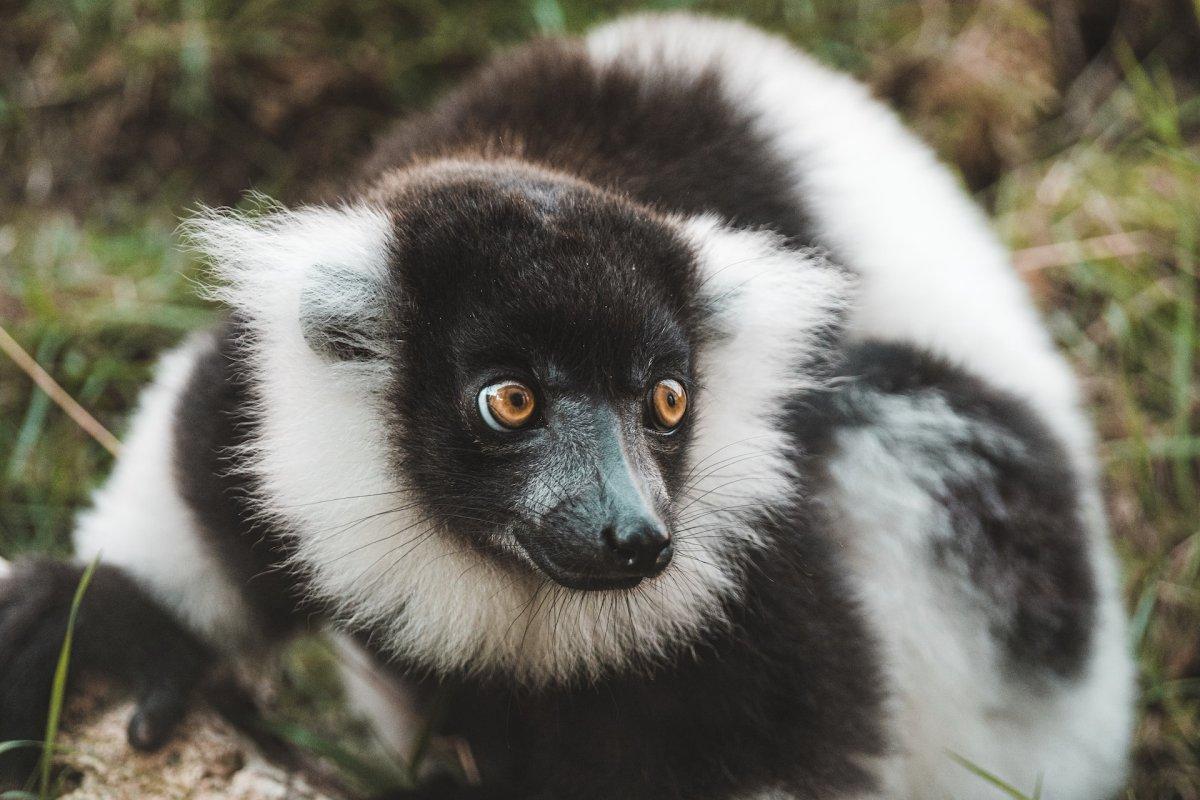
- Name: Black-and-white ruffed lemur
- Scientific name: Varecia variegata
- Conservation status:
The black-and-white ruffed lemur is one of two species of ruffed lemur endemic to the island of Madagascar. It is found in small, scattered populations in the eastern part of the country, and is the largest of all lemurs.
This primate is mostly arboreal and spends most of its time in the high canopy. It is exclusively active by day and is an agile climber and leaper. It is on the brink of extinction because of hunting for bushmeat, agricultural practices such as slash-and-burn, and predation.
22. Dugong

- Name: Dugong
- Scientific name: Dugong dugon
- Conservation status:
The dugong is a large species of marine mammal, and a member of the Order Sirenia, alongside three species of manatees. Its closest relative, Steller’s sea cow, was hunted to extinction during the 18th century.
This mammal can be found off the coast of about 40 countries across the Indo-Pacific region and off the northern coast of Madagascar. It has been hunted for thousands of years for both its meat and oil, and traditional hunting is still pretty important in some cultures, especially in the Pacific Islands.
23. Diademed sifaka
- Name: Diademed sifaka
- Scientific name: Propithecus diadema
- Conservation status:
The diademed sifaka, also known as the diademed simpona or locally as the simpona or the ankomba joby, is a species of lemur endemic to the rainforests of eastern Madagascar. Because of the small size of its range, as well as low numbers (6,000 to 10,000 individuals are left in the wild) and human encroachment, the diademed sifaka is considered critically threatened.
This primate lives in groups of 2 to 10 individuals, which include multiple males and females, and they live in a territory of 25 to 50 ha / 62 to 125 acres.
24. Narrow-striped mongoose
- Name: Narrow-striped mongoose
- Scientific name: Mungotictis decemlineata
- Conservation status:
The narrow-striped mongoose, also known as the narrow-striped vontsira or locally as the bokiboky, is a species of mongoose endemic to Madagascar. It inhabits the dry, deciduous forests of the southwestern parts of the island, and mostly feeds on larvae, eggs, arthropods, and gastropods.
This mammal prefers lowland areas and lives from sea level to 125 m / 410 ft high. It is listed as endangered due to habitat fragmentation and loss and agricultural expansion.
25. Southern right whale
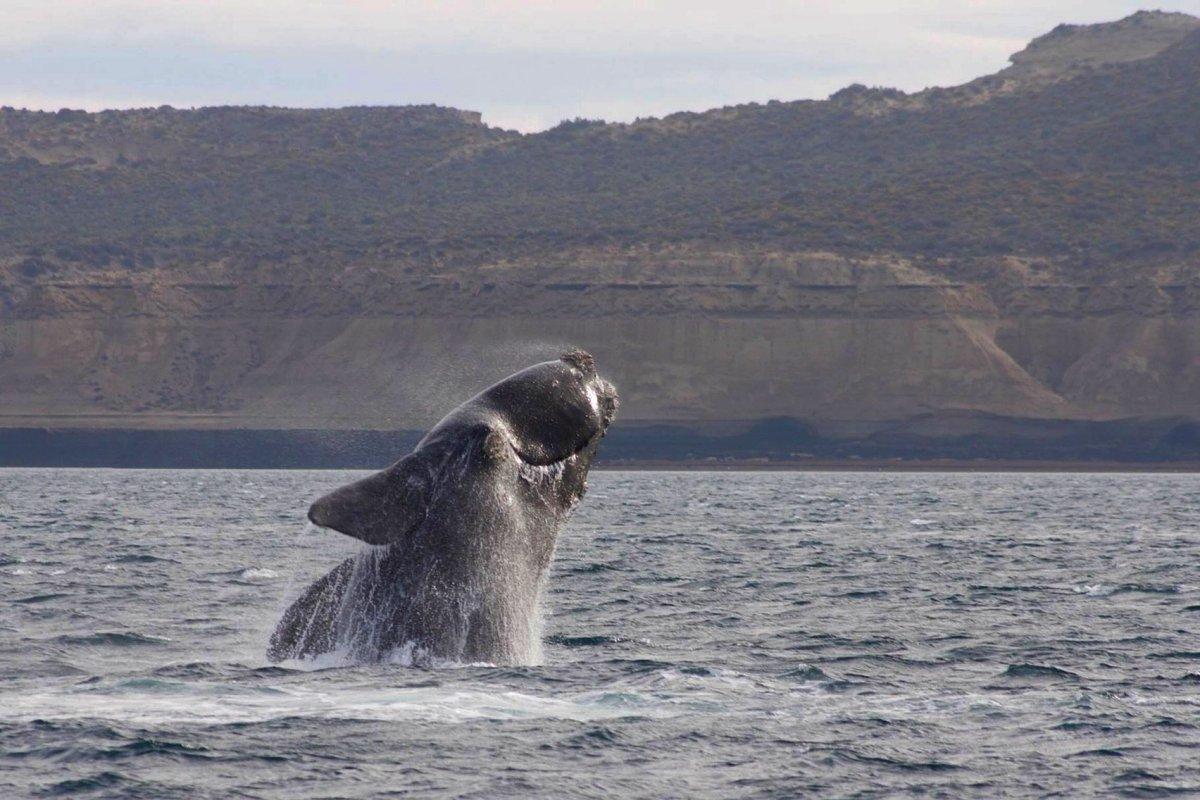
- Name: Southern right whale
- Scientific name: Eubalaena australis
- Conservation status:
The southern right whale is a large species of baleen whale native to the southernmost parts of the globe, except for Antarctica. There are about 13,600 individuals in the world, and they are considered of least concern.
This whale has callosities on its head, which are due to large colonies of parasites, the whale lice. It is active on the water surface and curious towards vessels. Similarly to other large whales, it is a filter feeder that almost exclusively eats zooplankton such as krill.
26. Madagascar fish eagle
- Name: Madagascar fish eagle
- Scientific name: Haliaeetus vociferoides
- Conservation status:
The Madagascar fish eagle, also known as the Madagascar sea-eagle, is a large species of bird of prey endemic to the northwestern coastline of the country. It is on the brink of extinction, as fewer than 40 pairs remain, and is seriously threatened by soil erosion, habitat loss due to deforestation, and competition for fish stocks.
This eagle is one of the rarest birds in the world, and its population is still drastically declining.
27. Madagascar ibis
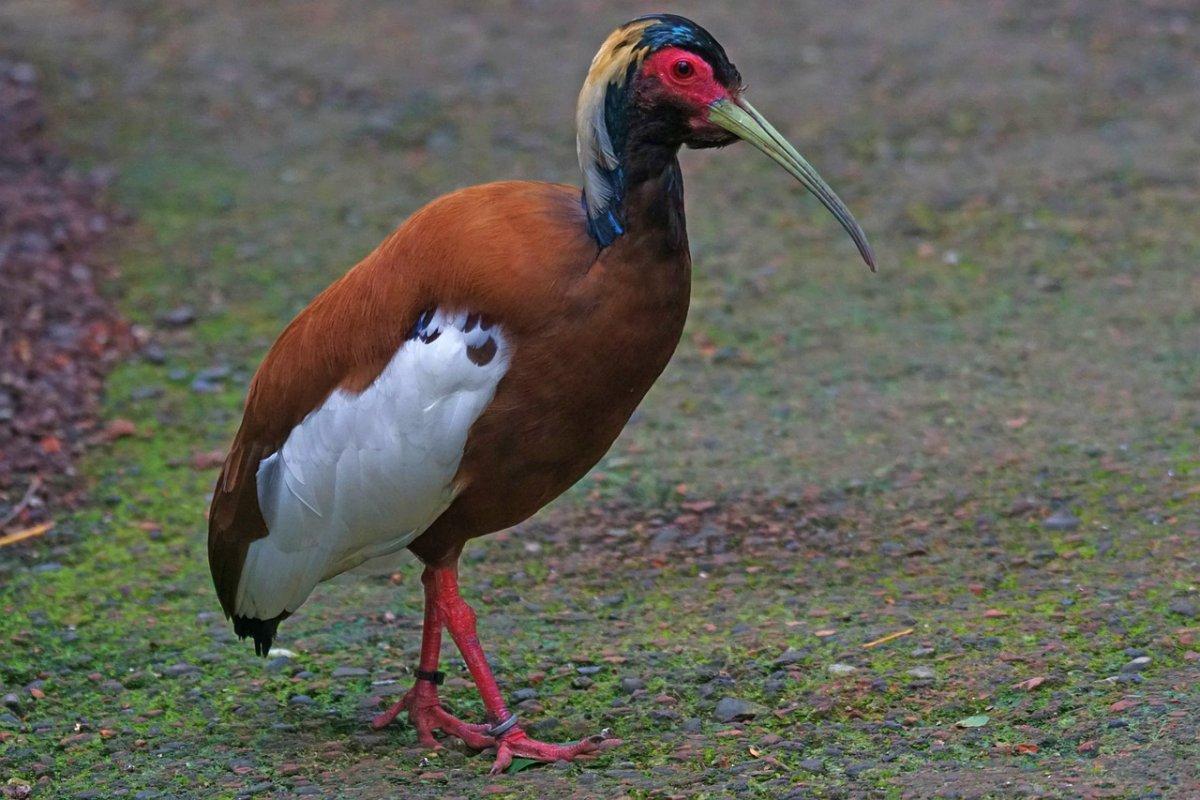
- Name: Madagascar ibis
- Scientific name: Lophotibis cristata
- Conservation status:
The Madagascar ibis, also known as the white-winged ibis, the crested wood ibis, or the Madagascar crested ibis, is a medium-sized species of ibis endemic to Madagascar. Despite being legally protected, it is still heavily hunted and is therefore listed as near threatened.
It lives in the forests and woodlands of the country, at elevations of up to 2,000 m / 6,600 ft above sea level. It feeds on insects, frogs, spiders, snails, reptiles, and invertebrates.
28. Humblot’s heron
- Name: Humblot’s heron
- Scientific name: Ardea humbloti
- Conservation status:
Humblot’s heron, also known as the Madagascar heron, is a species of heron endemic to Madagascar, although it might also breed in the Comoros Islands. It is fairly common on the northern and western coasts of the island, but can also be found inland, usually near lakes.
This bird is endangered because of poaching for itself and its eggs and habitat destruction due to deforestation. Only 1,500 mature individuals remain, and this number is still on the decline.
29. Blue-eyed black lemur
- Name: Blue-eyed black lemur
- Scientific name: Eulemur flavifrons
- Conservation status:
The blue-eyed black lemur, also known as the Sclater’s lemur, is a species of lemur endemic to a very small area of northwestern Madagascar. Despite its name, while both sexes have bright, blue eyes, only males are actually black, while females are reddish-brown.
This lemur is not very well-known, but it is most likely a fairly social animal that gathers in groups of 4 to 11 individuals. It communicates through facial expressions, vocalizations, and scent-marking.
30. Black-browed albatross
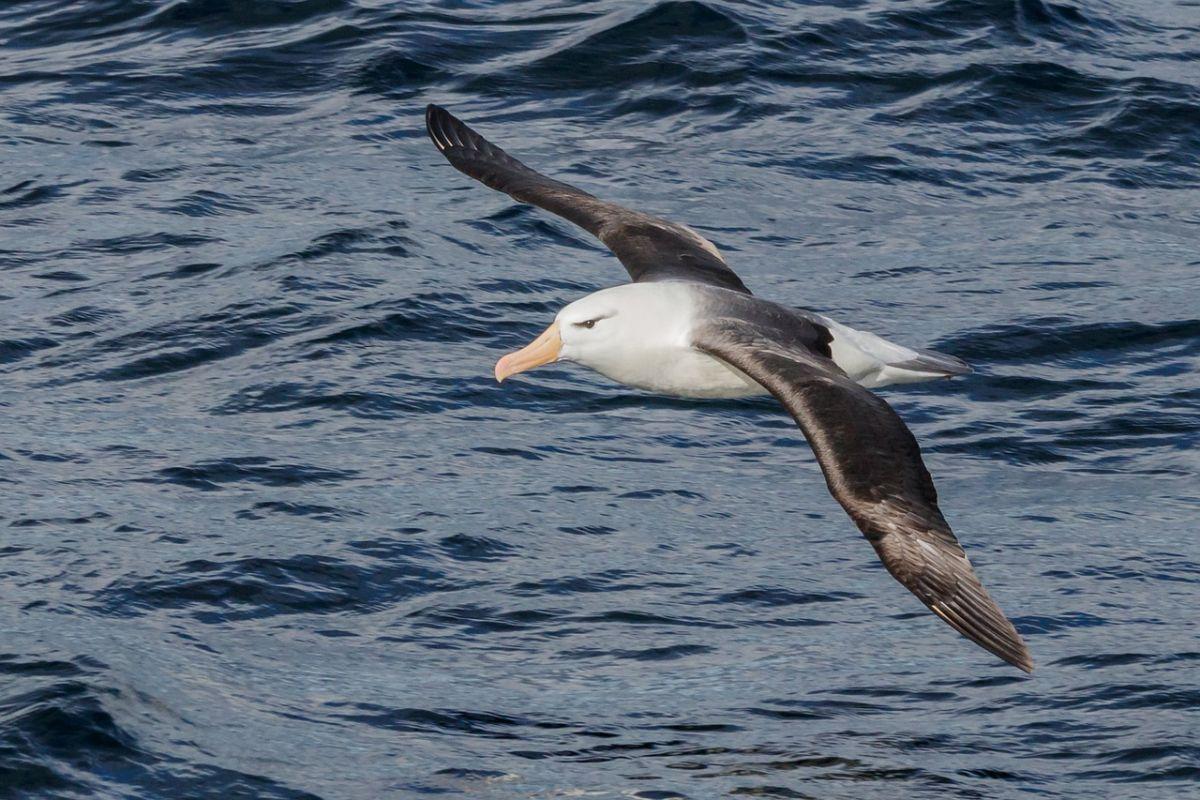
- Name: Black-browed albatross
- Scientific name: Thalassarche melanophris
- Conservation status:
The black-browed albatross, also known as the black-browed mollymawk, is a large species of seabird native to the subantarctic regions of the world, that was recently reported on the southern coast of Madagascar.
It is the most common and widespread member of its family (Diomedeidae), and its name refers to dark feathering around the eyes. It lives in large colonies that are very noisy; in courting displays, the black-browed albatross uses its fanned tail.
31. Fat-tailed dwarf lemur
- Name: Fat-tailed dwarf lemur
- Scientific name: Cheirogaleus medius
- Conservation status:
The fat-tailed dwarf lemur, also known as the western fat-tailed dwarf lemur, the spiny forest dwarf lemur, or the lesser dwarf lemur, is a small species of lemur endemic to the island of Madagascar.
It is exclusively nocturnal and feeds on insects, small animals, flowers, and fruits. Interestingly enough, it has a much longer lifespan than most other primates of similar size, probably thanks to its hibernation; in fact, it is the only primate that is an obligate hibernator!
32. Hawksbill sea turtle
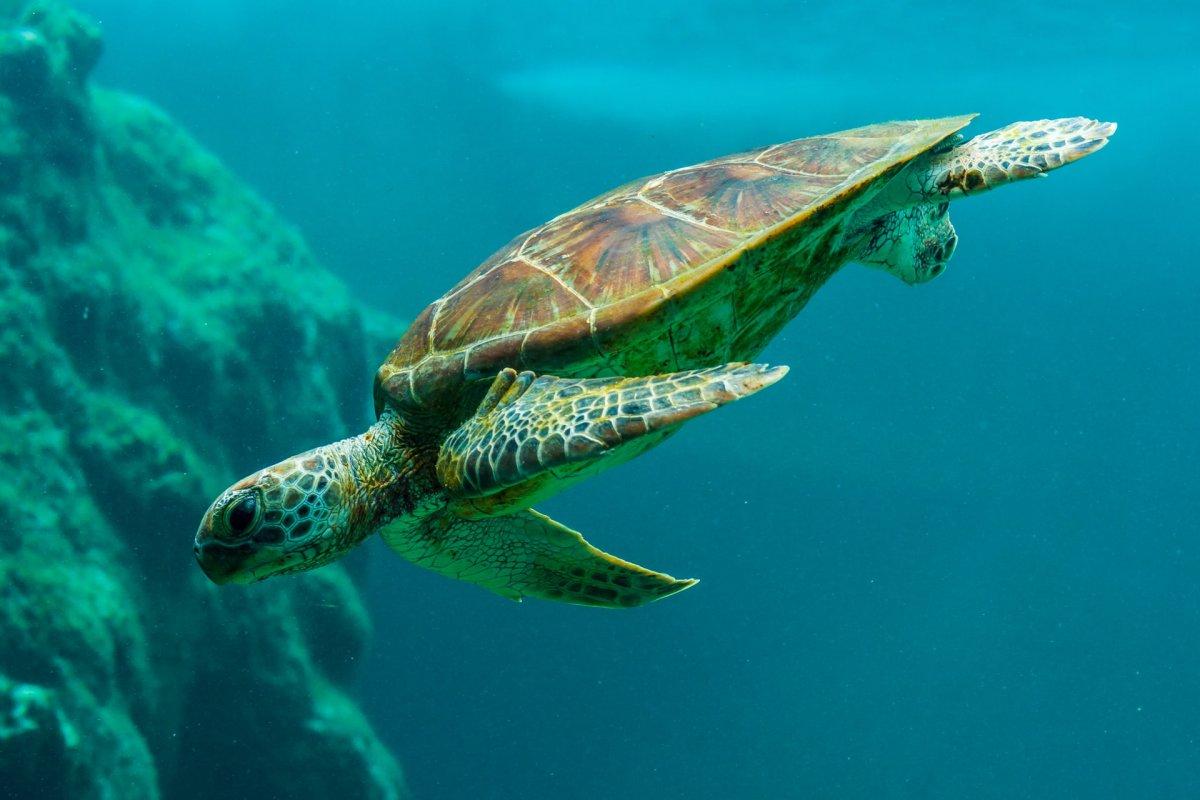
- Name: Hawksbill sea turtle
- Scientific name: Eretmochelys imbricata
- Conservation status:
The hawksbill sea turtle is a species of sea turtle native to the subtropical and tropical waters of the world, more precisely all 3 main oceans, the Caribbean Sea and the Red Sea. It is critically endangered due to hunting for its shell, as well as fishing practices.
This sea turtle is now one of the rarest animals of its kind and is heavily protected all around the world.
33. Madagascan big-headed turtle
- Name: Madagascan big-headed turtle
- Scientific name: Erymnochelys madagascariensis
- Conservation status:
The Madagascan big-headed turtle is a species of turtle endemic to the western waters of the island of Madagascar. It is the most endangered turtle in the world and is still commonly eaten for food and shipped to Asia and its traditional medicine market.
This turtle lives in large areas with freshwaters, such as backwaters, lakes, and permanent slow-streaming rivers. Before growing and diving into deeper and larger bodies of water, juvenile turtles spend their time in smaller rivers.
34. Sperm whale
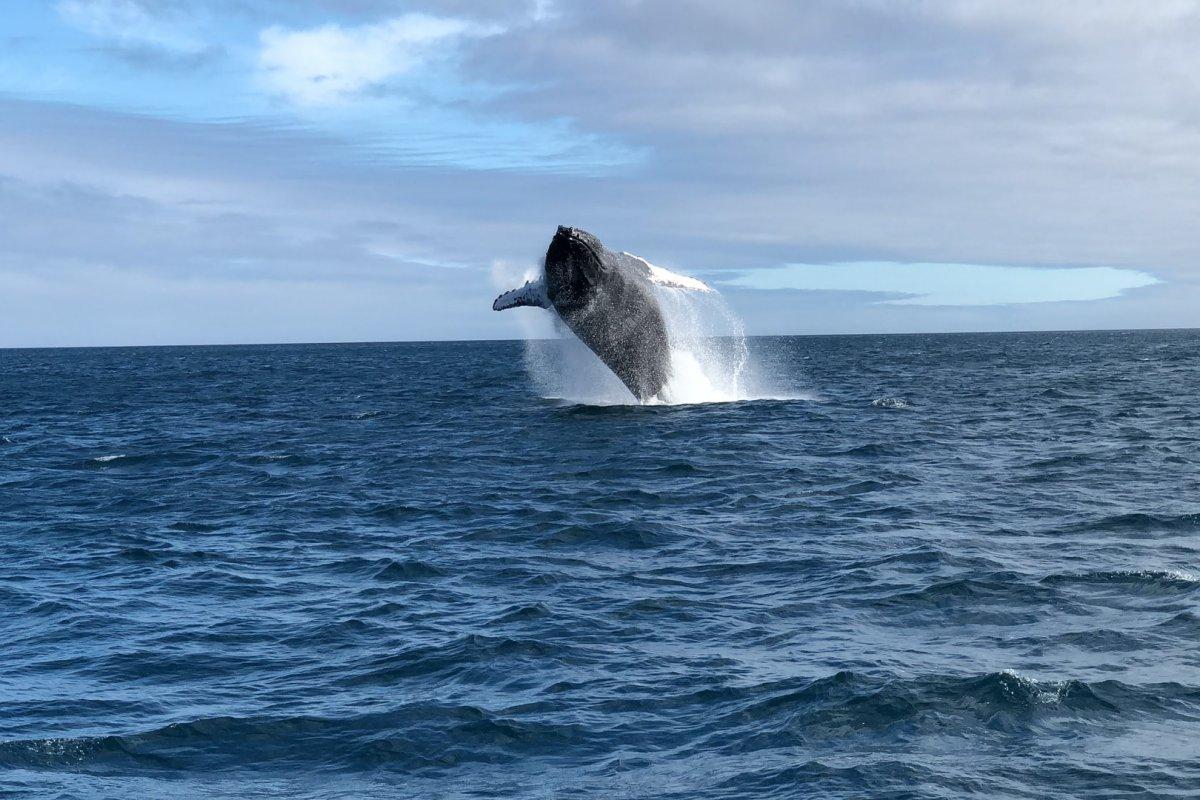
- Name: Sperm whale
- Scientific name: Physeter macrocephalus
- Conservation status:
The sperm whale is an animal of all records: not only is it the largest toothed whale, but it is also the largest toothed predator in the world, the third-deepest diving mammal (right after the southern elephant seal and Cuvier’s beaked whale) and has the largest brain in the world, about 5 times heavier than a human’s.
On top of all this, it can live more than 70 years, and is incredibly large, reaching lengths of 20.7 m / 68 ft!
35. West Indian Ocean coelacanth
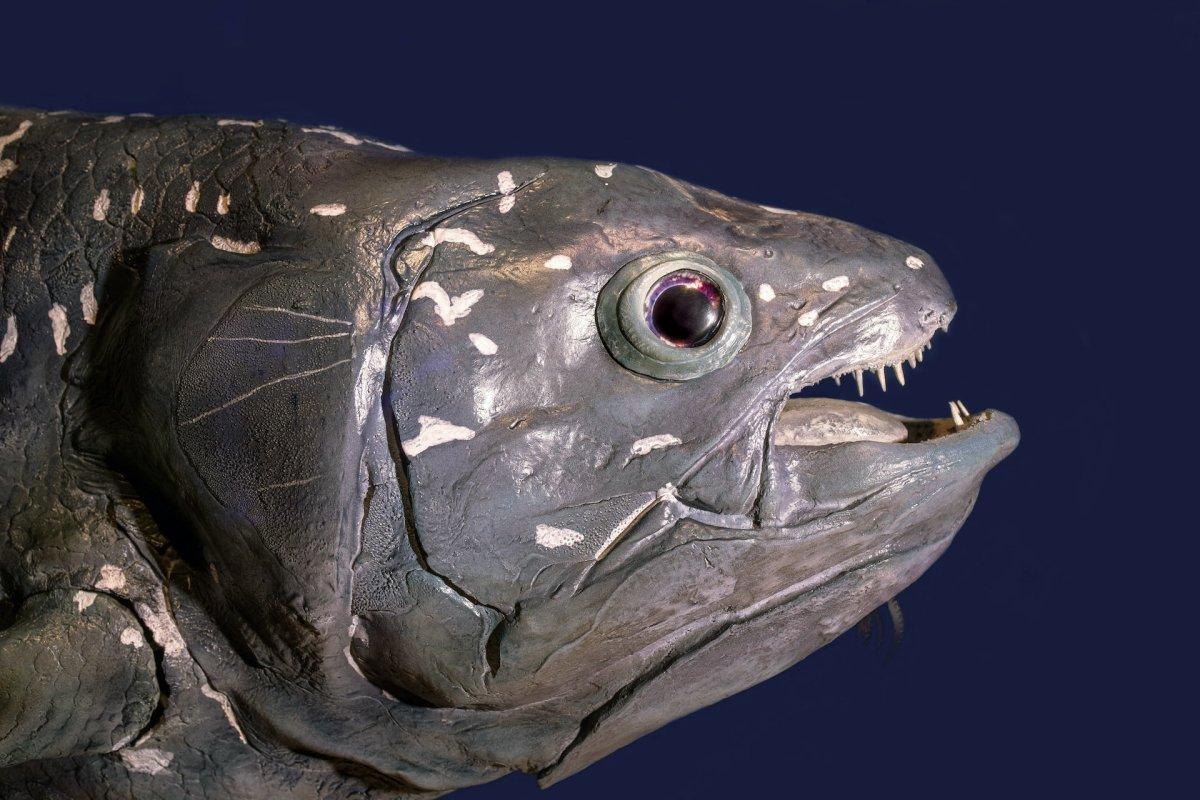
- Name: West Indian Ocean coelacanth
- Scientific name: Latimeria chalumnae
- Conservation status:
The West Indian Ocean coelacanth, also known as the African coelacanth, the gombessa, or simply the coelacanth is a very rare and unique fish. Long considered a living fossil that did not evolve in the past 400 million years, it was actually recently proven to be much different than it used to be.
This animal has been roaming the depths of the oceans for more than 410 million years, and is present on 22 countries’ stamps, particularly in the Comoros Islands.
—
So there you have them, these were my 18 wild animals on Madagascar. I hope you enjoyed this list and that you learned something new today.
In case you want to learn more about Madagascar wildlife, feel free to keep reading, as I still have lots of things to tell you about:
Endangered Animals of Madagascar
This is definitely the saddest part of the list, but it is essential to raise awareness. Because of this, let’s go through the list of endangered animals in Madagascar.
Here are the animals in danger of extinction in Madagascar.
- Large sloth lemur
- Snail-eating coua
- Madagascan dwarf hippopotamus
- Alaotra grebe
- Giant fosa
- and 3 more…
- Bizarre-nosed chameleon
- Crowned sifaka
- Madame Berthe’s mouse lemur
- Damba mipentina
- Black-eared mantella
- and 102 more…
- Four-spotted tree cophyline frog
- Hairy-eared dwarf lemur
- Small-toothed sportive lemur
- Madagascar teal
- Madagascar heron
- and 263 more…
To see the full list of endangered species in Madagascar, head over to the International Union for Conservation of Nature’s Red List.
What is the National Animal of Madagascar?
The national animal of Madagascar is the ring-tailed lemur.
The ring-tailed lemur is a large species of primate endemic to the island of Madagascar. It is the most important symbol of the country as it is its most closely associated symbol.
This primate is also the most widely-known and recognized species of lemur, thanks to its long, ringed tail. It also gathered worldwide fame thanks to representations in culture, such as the animated “Madagascar” film.
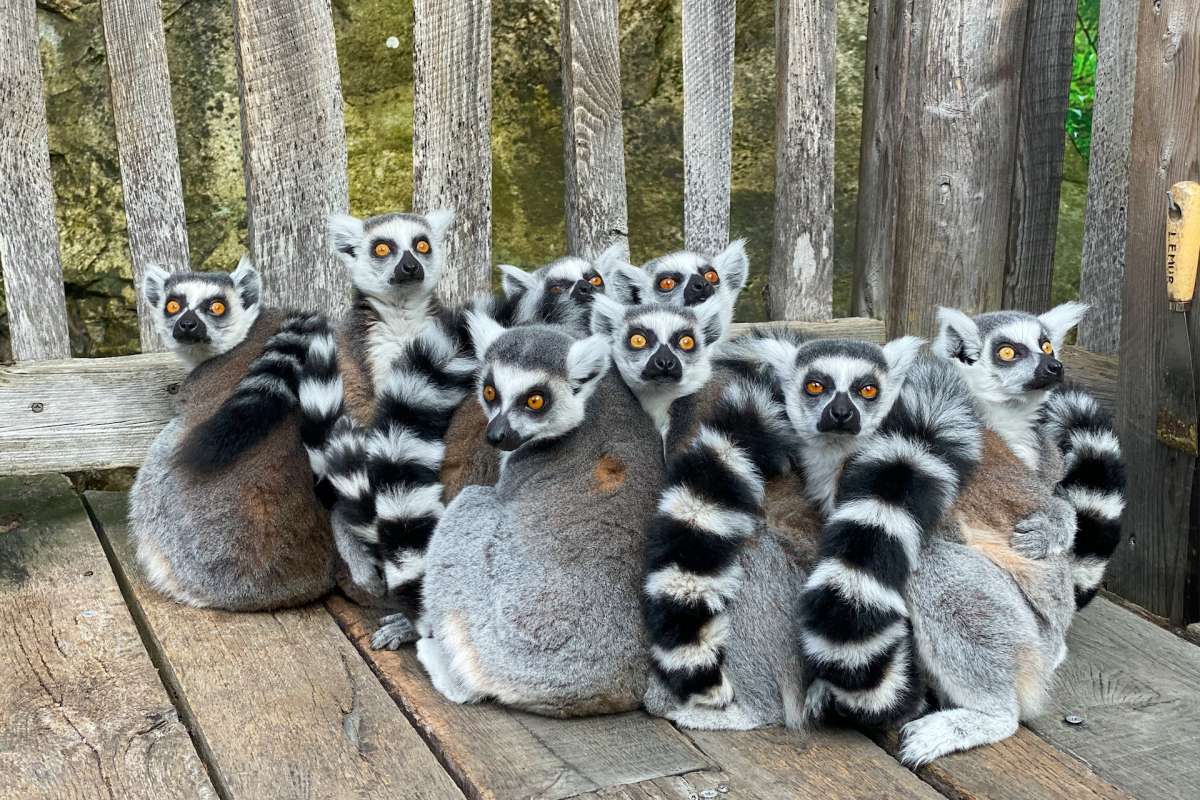
How Many Animals Native to Madagascar?
What is the diversity of native animals in Madagascar?
Let’s look at the total number of species of Chordata (mammals, birds, fishes, and reptiles).
Total number of animal species in Madagascar: 2,835 (14,205 in total in sub-Saharan Africa)
More About Animals in the World!
Loved these Madagascar animal facts? Want to see what animals live in other countries?
Then check out these posts:
Or click here to see ALL the facts up on the blog! Spoiler alert: there’s A LOT of them.
Share the knowledge! Click on the buttons below to share information about these animals that live in Madagascar with your friends, and help them learn more about the world 🙂
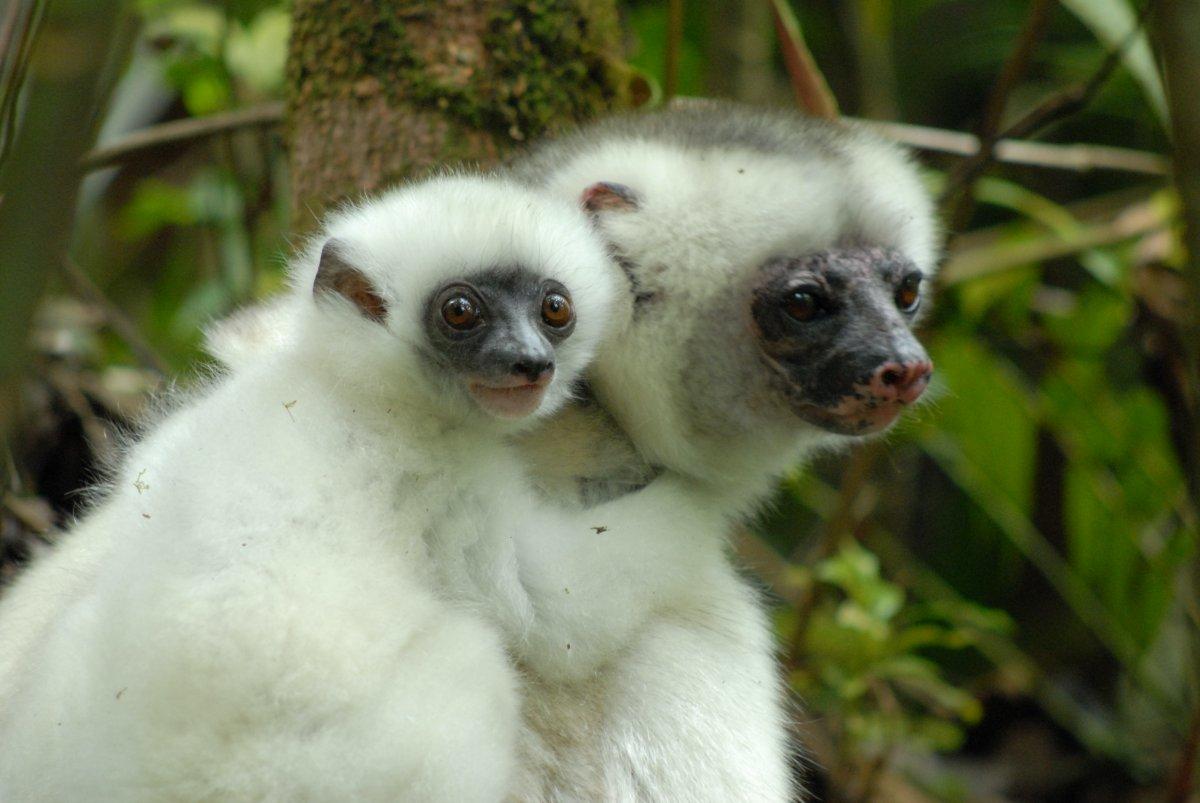
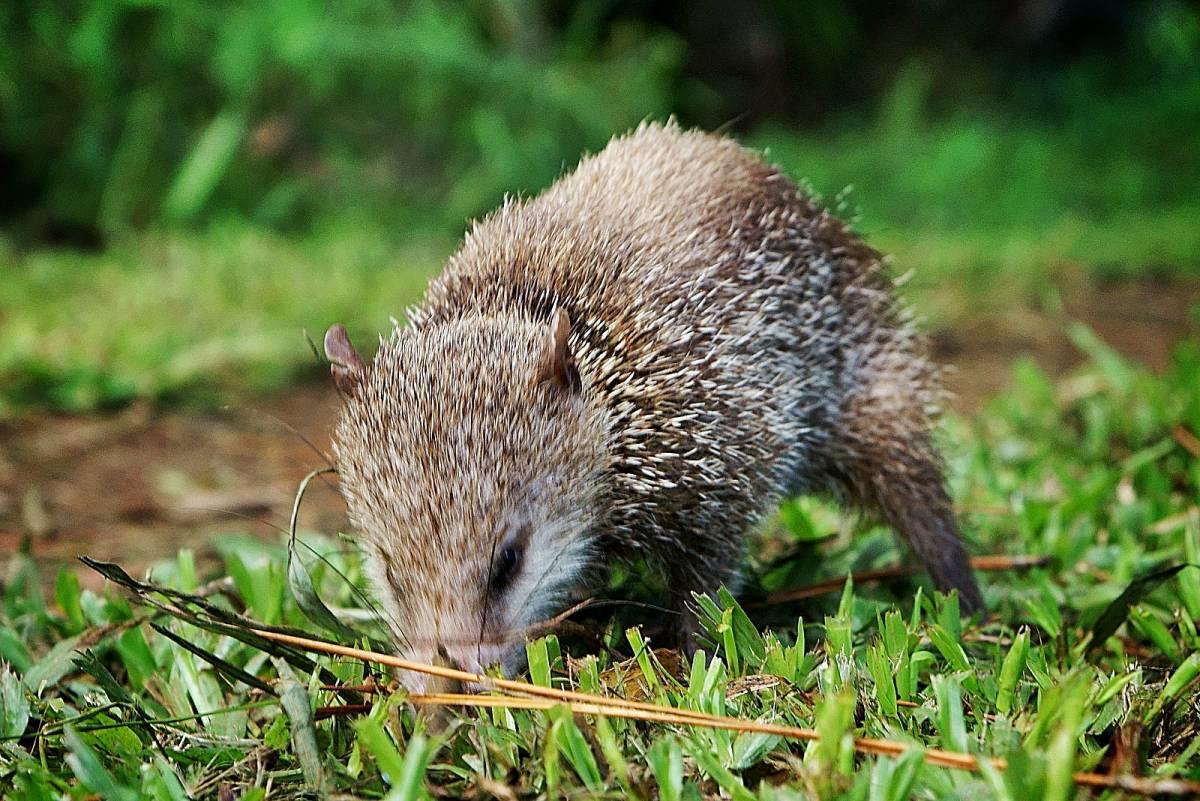
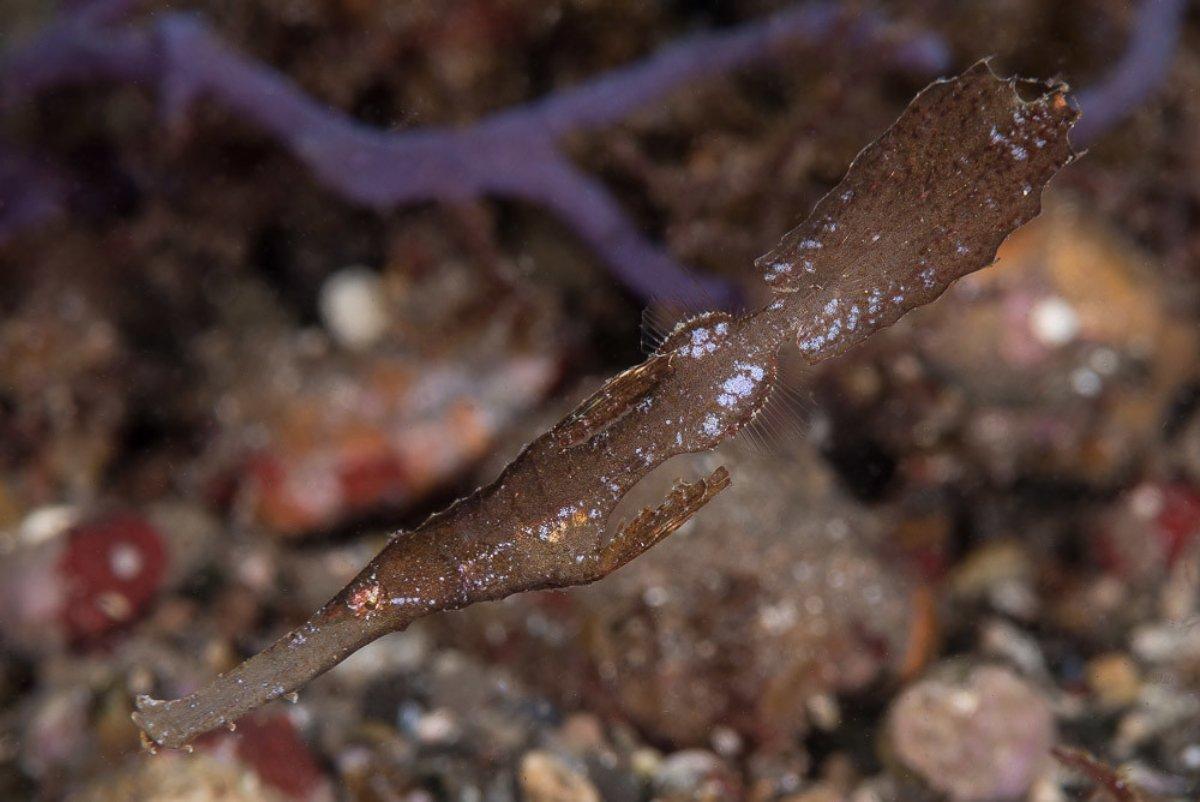
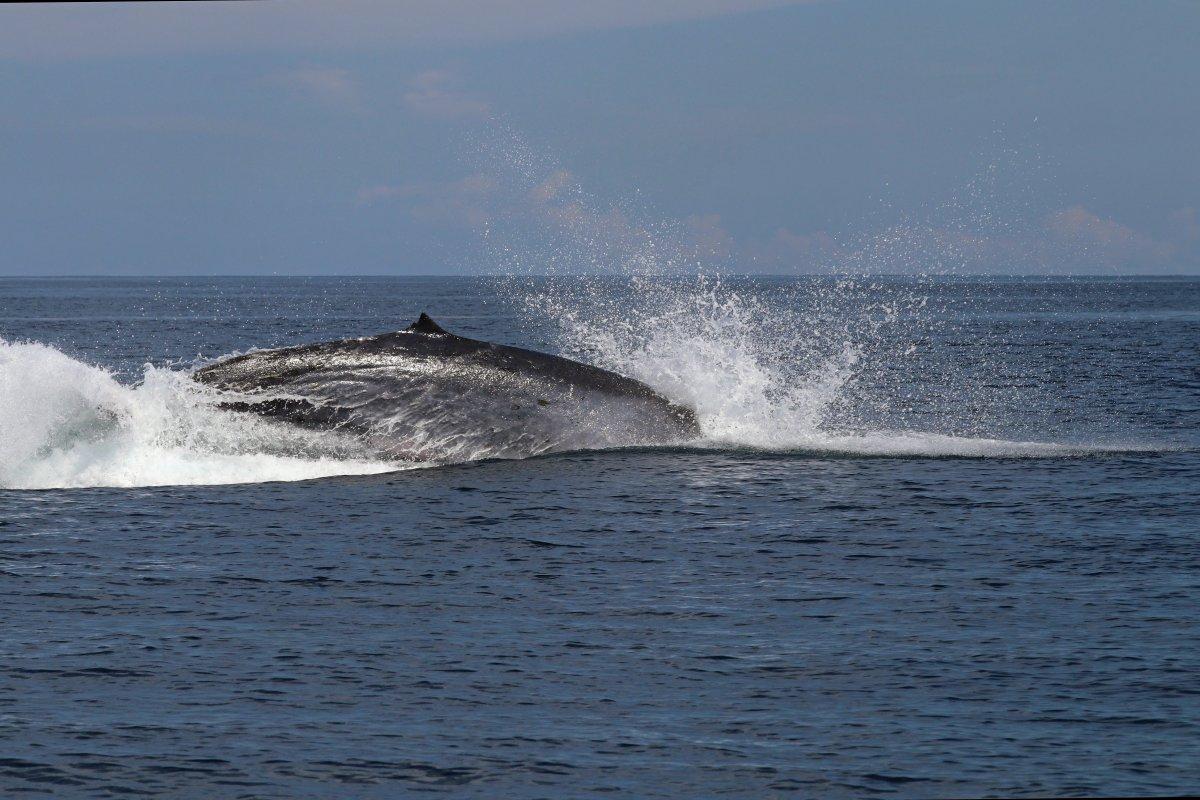
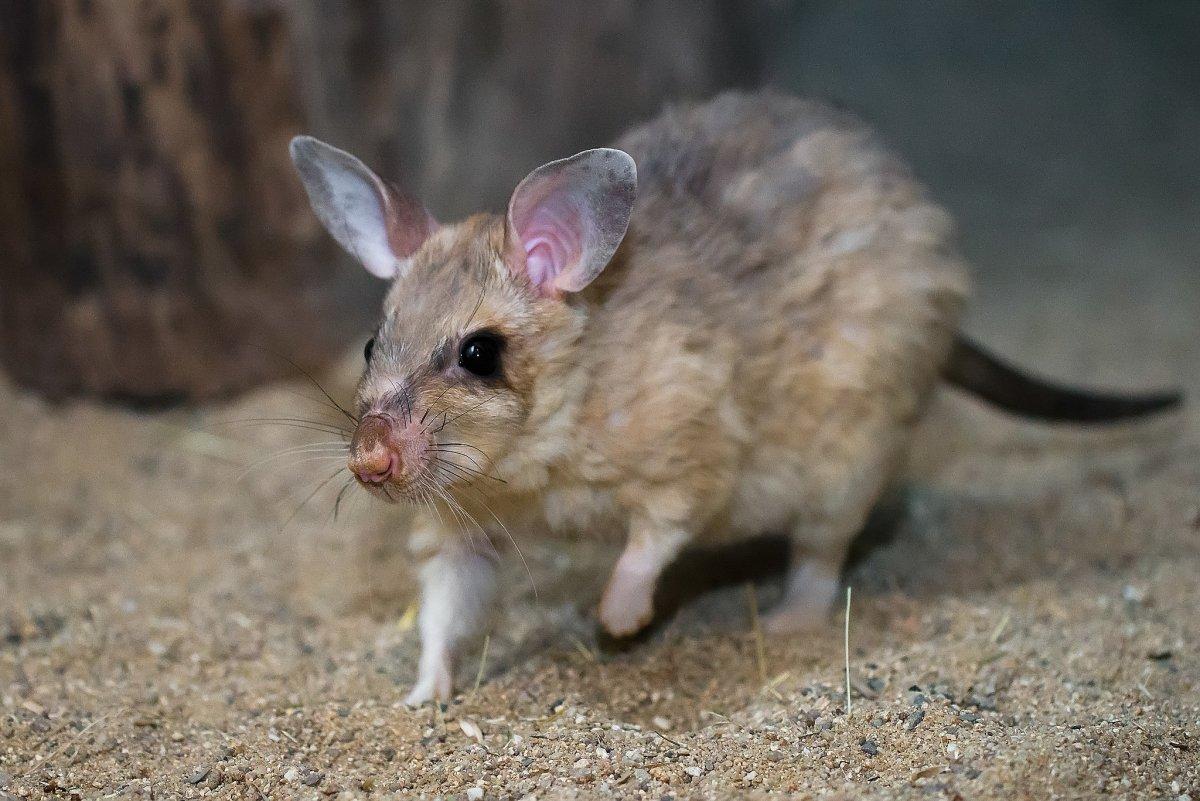
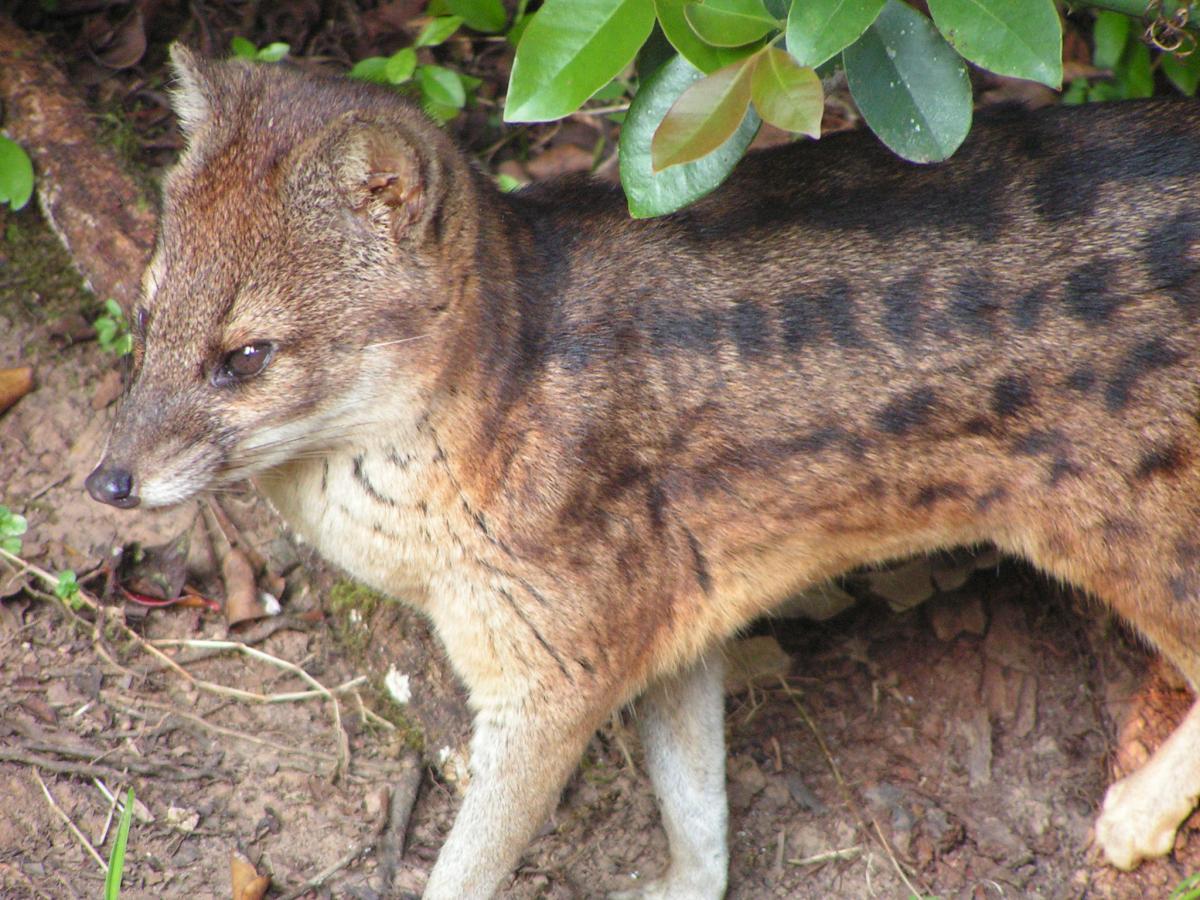
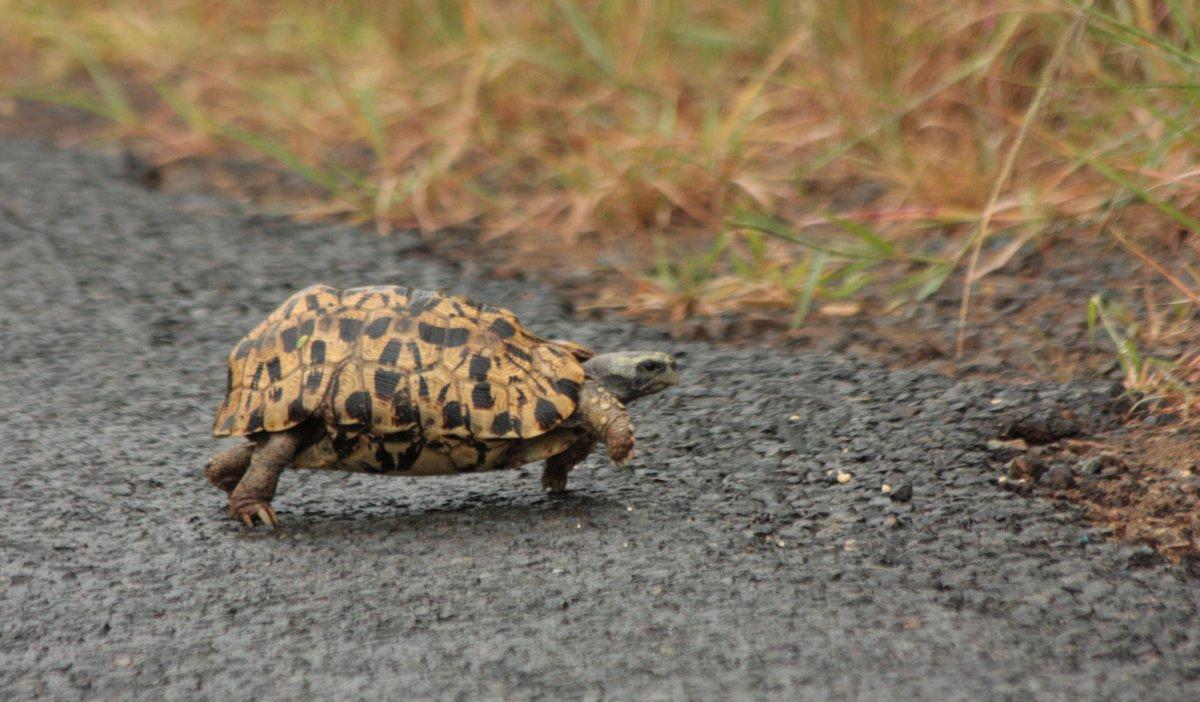
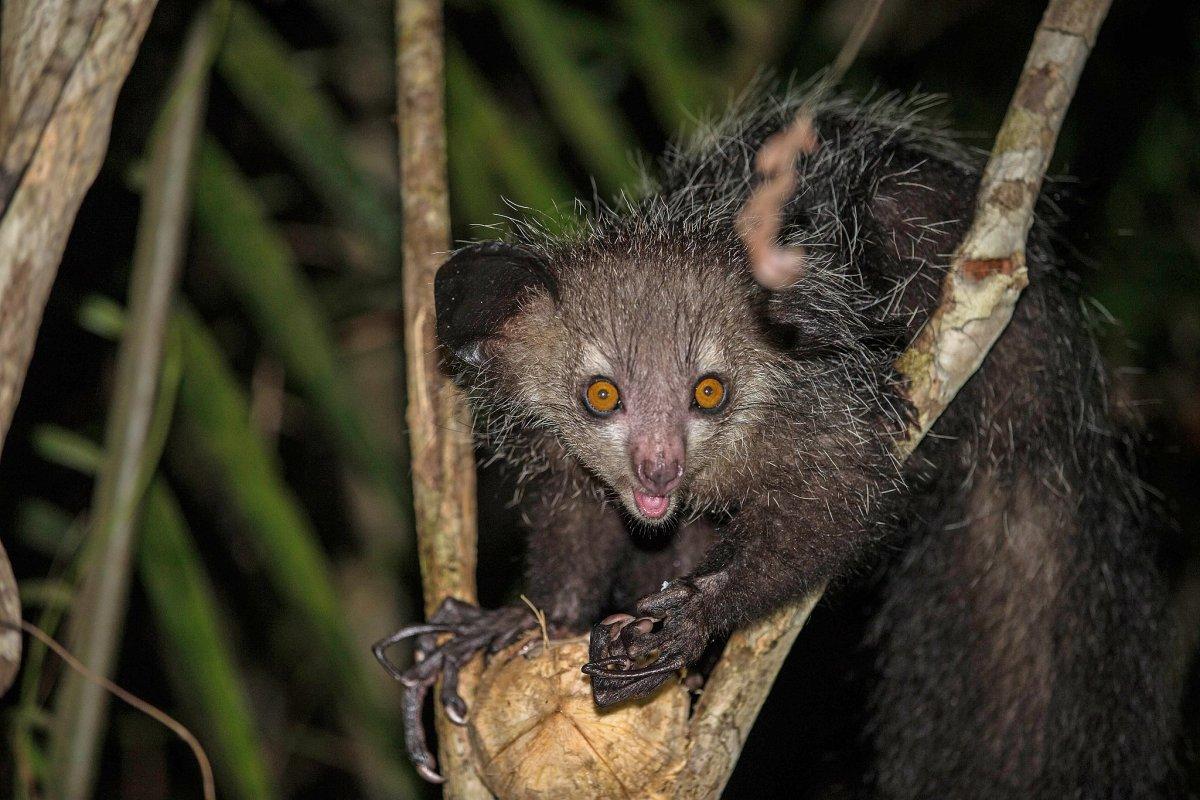
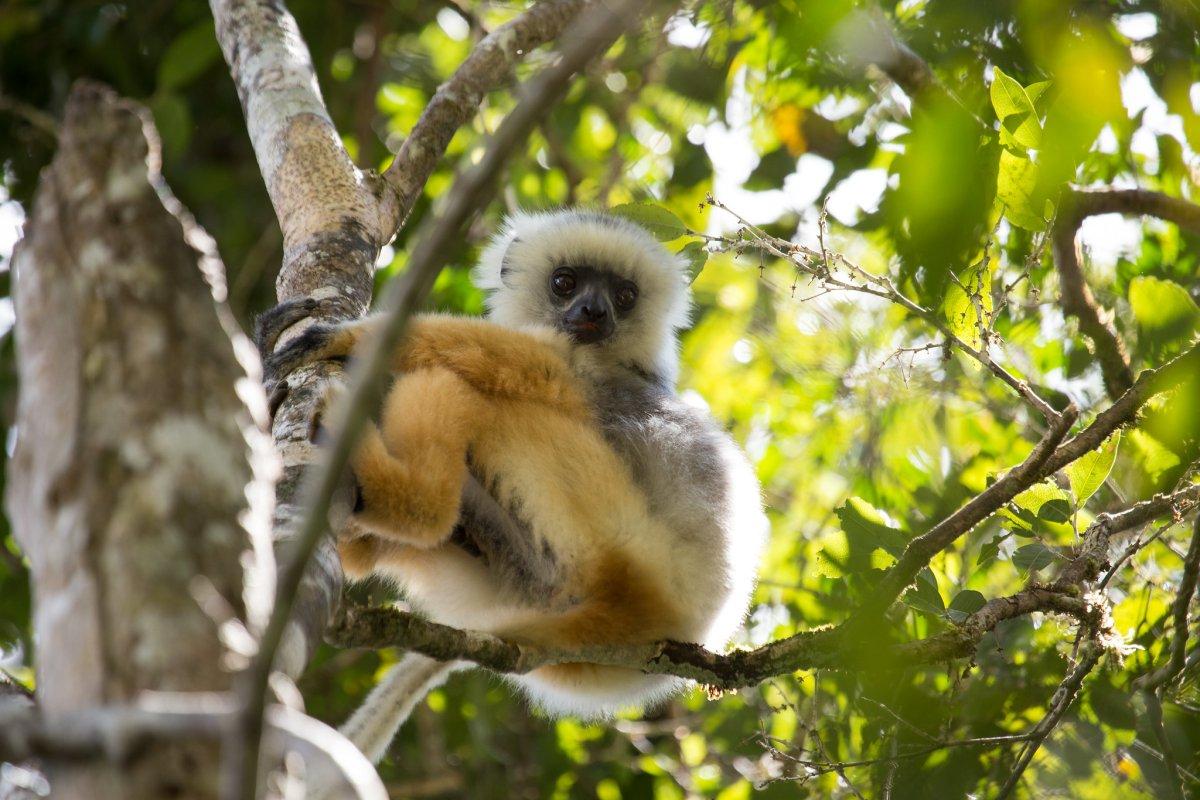
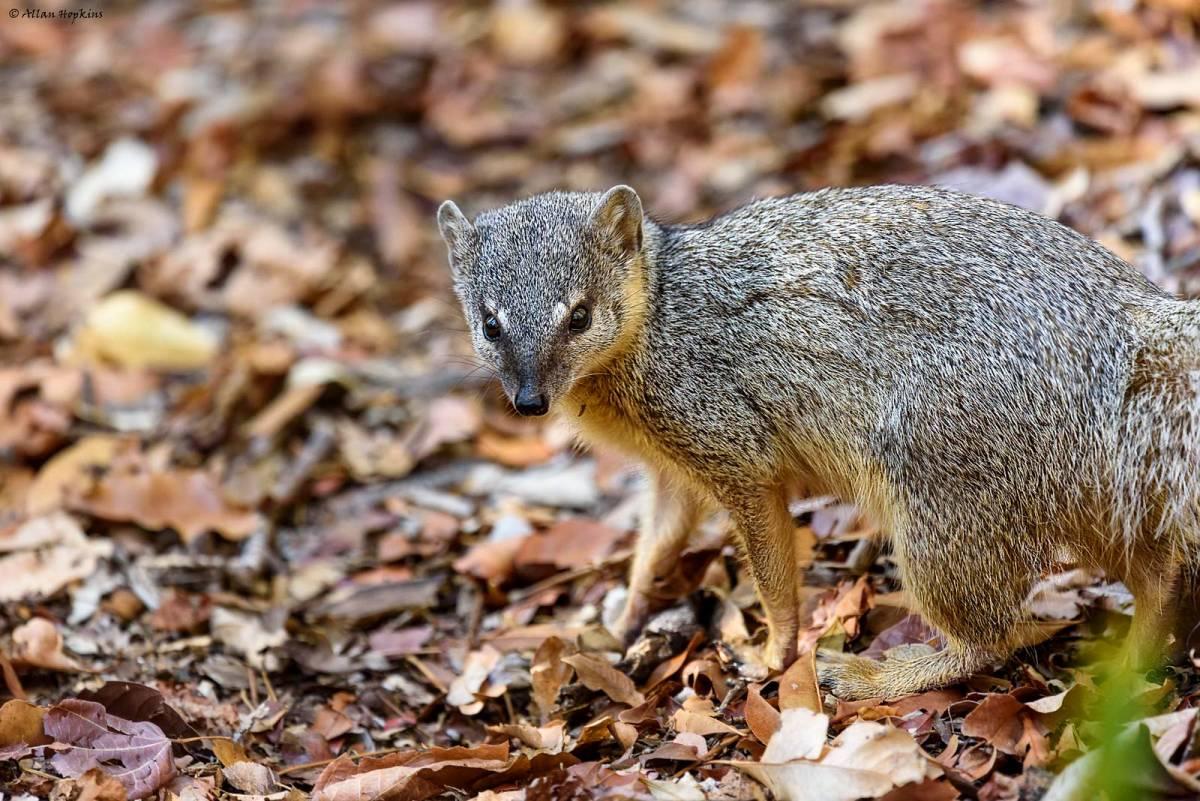
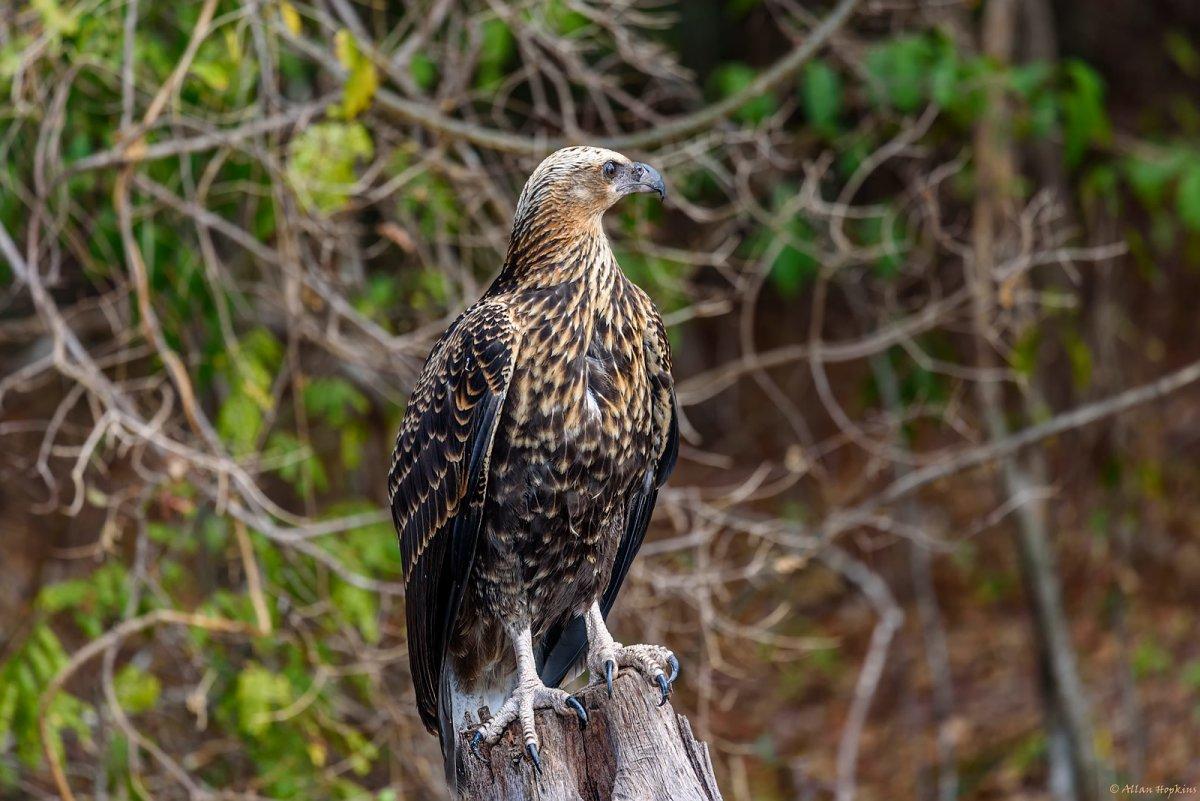
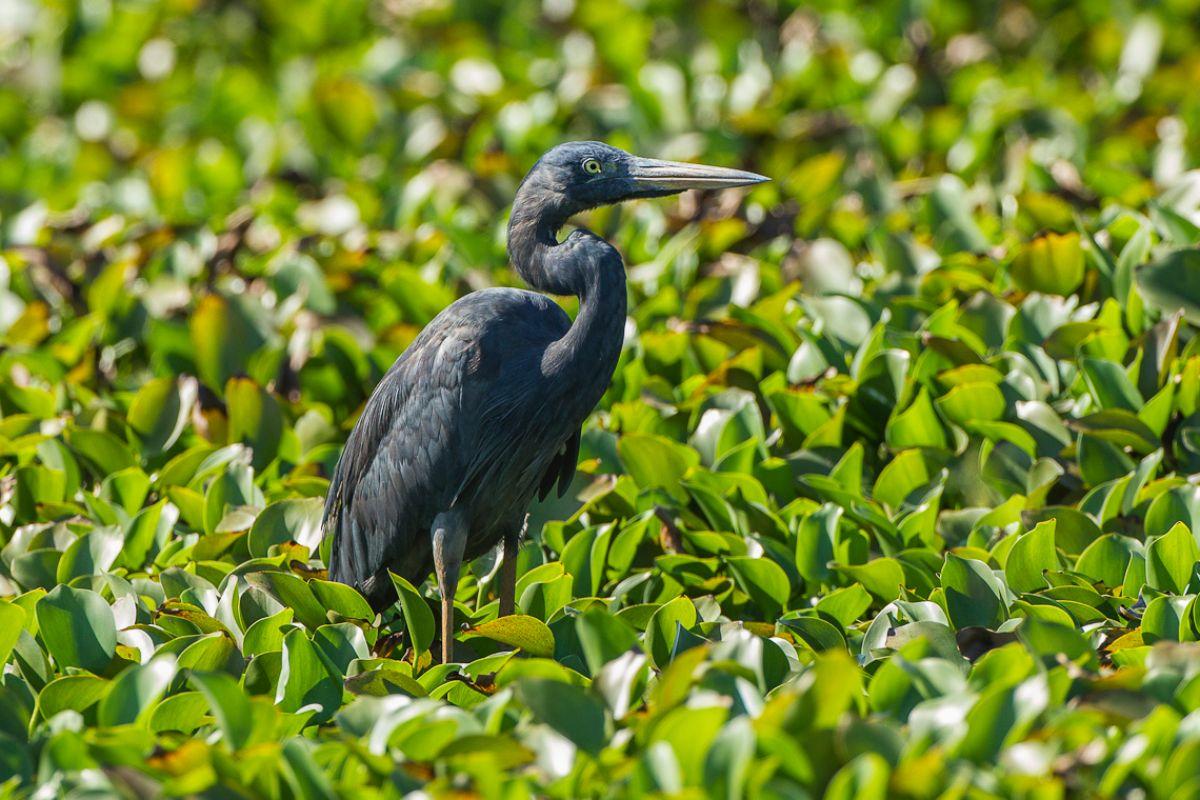
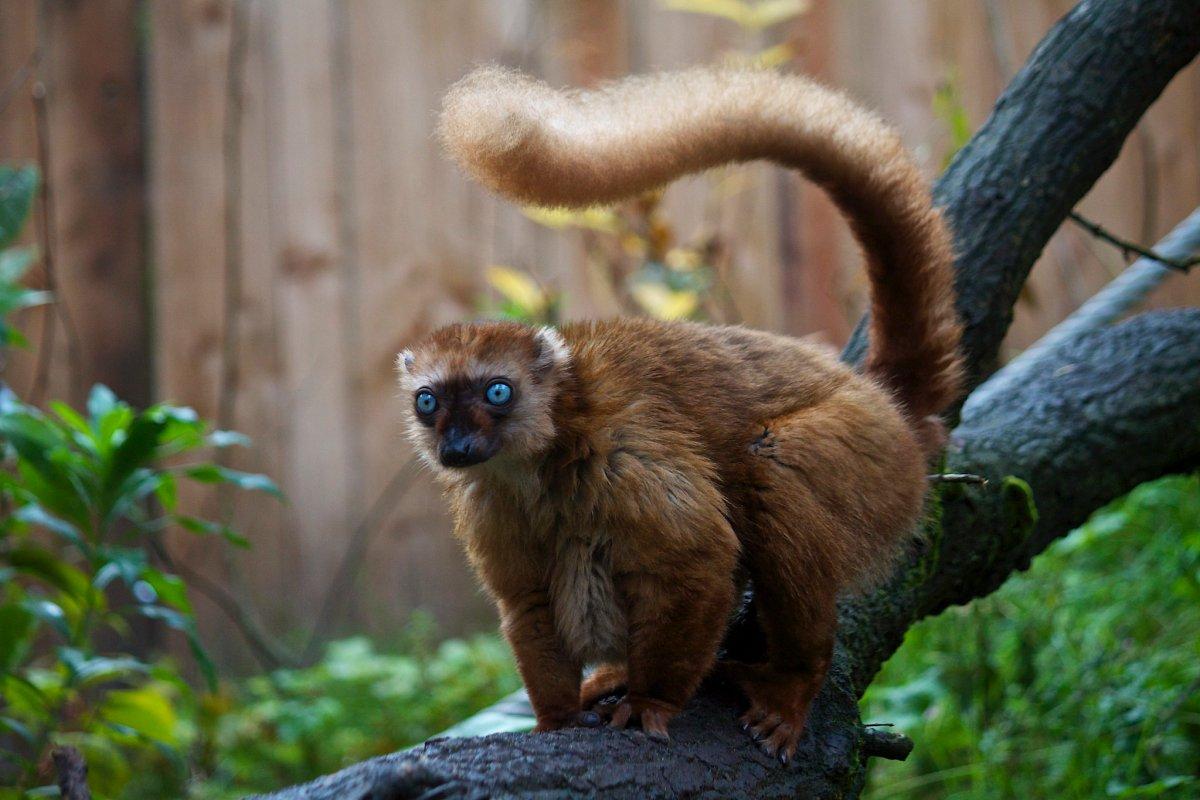
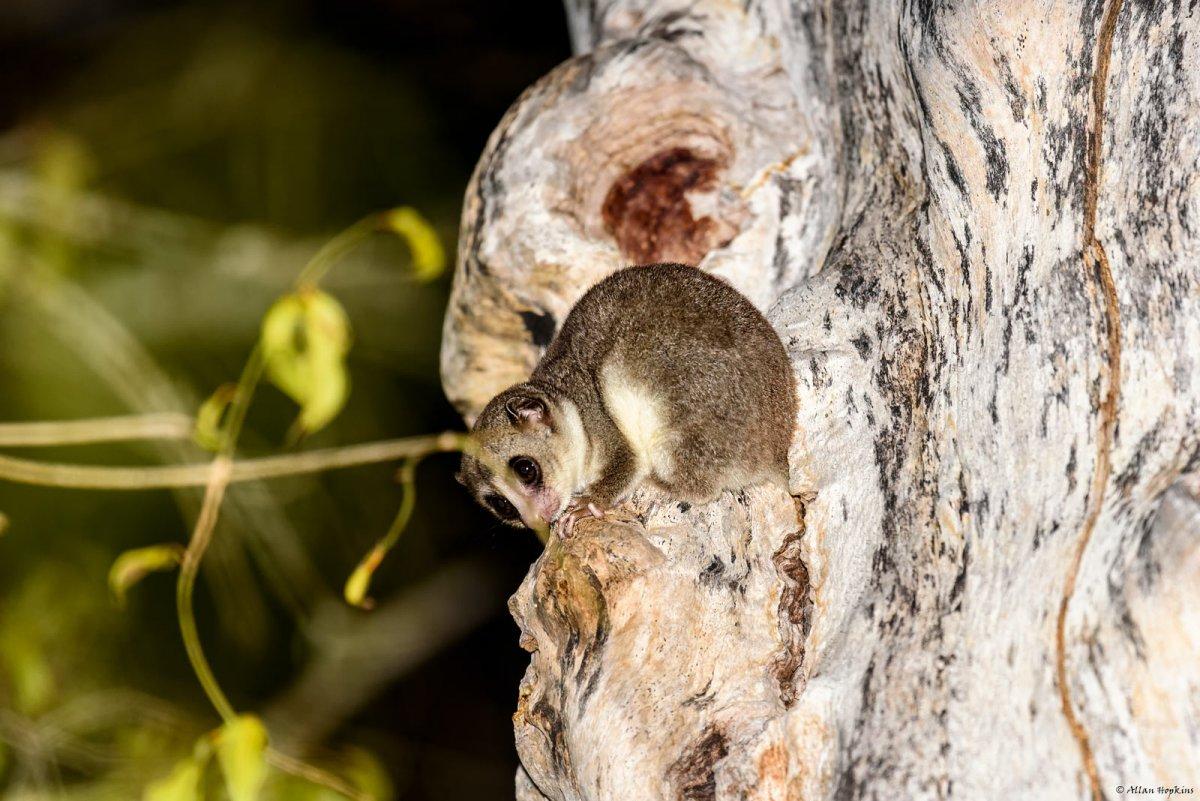
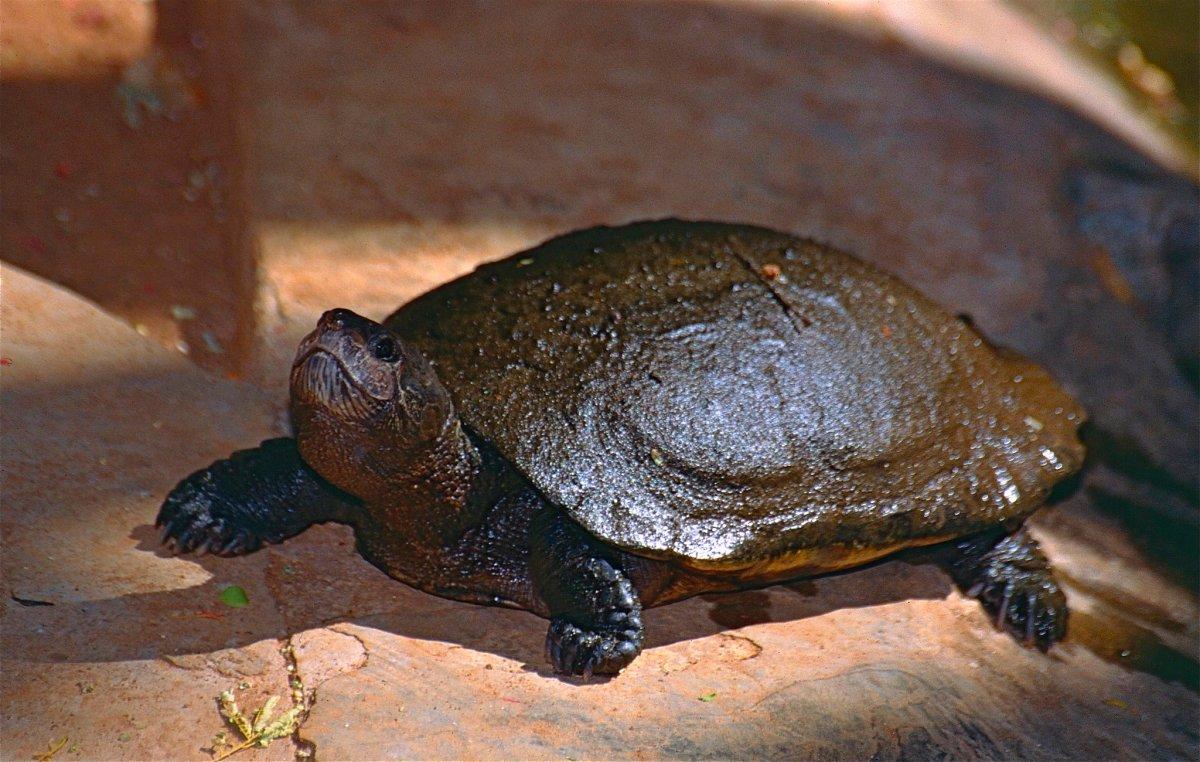

![10 Wild Animals in Liberia [Wildlife in Liberia]](https://www.kevmrc.com/wp-content/uploads/2022/12/10-wild-animals-in-liberia.jpg)
![21 Wild Animals in Switzerland [Wildlife in Switzerland]](https://www.kevmrc.com/wp-content/uploads/2022/11/21-wild-animals-in-switzerland.jpg)
![16 Wild Animals in Romania [Wildlife in Romania]](https://www.kevmrc.com/wp-content/uploads/2022/08/16-wild-animals-in-romania.jpg)